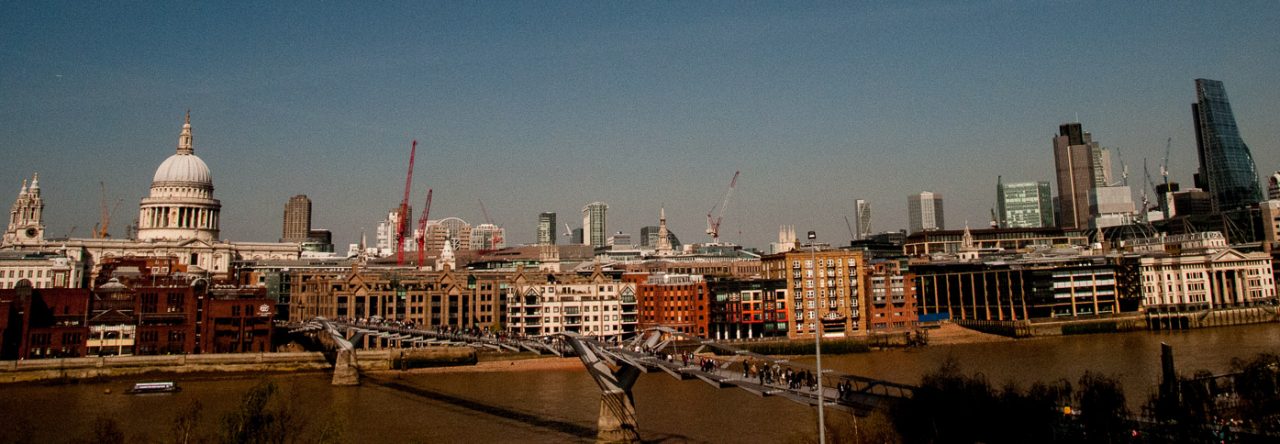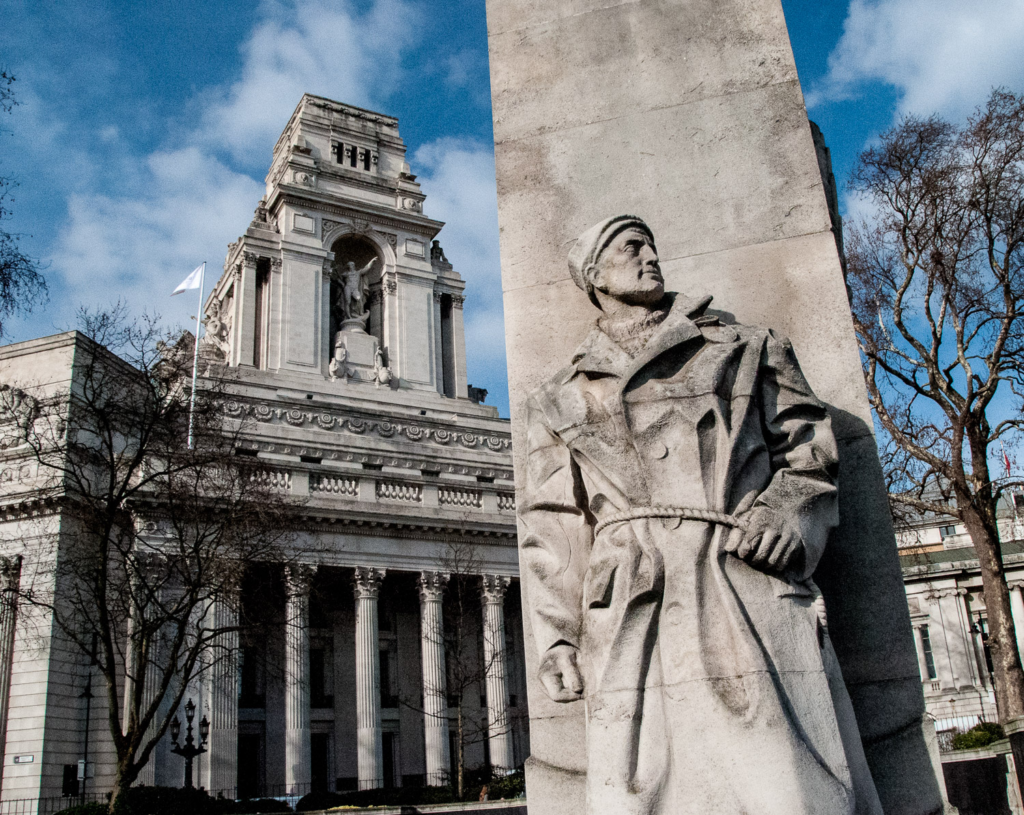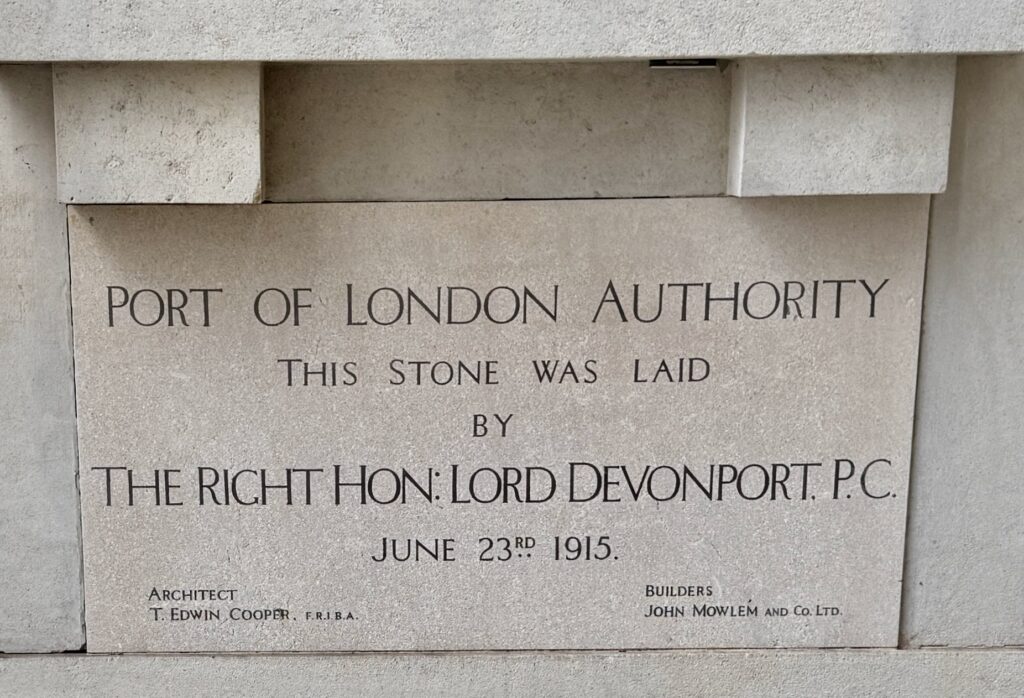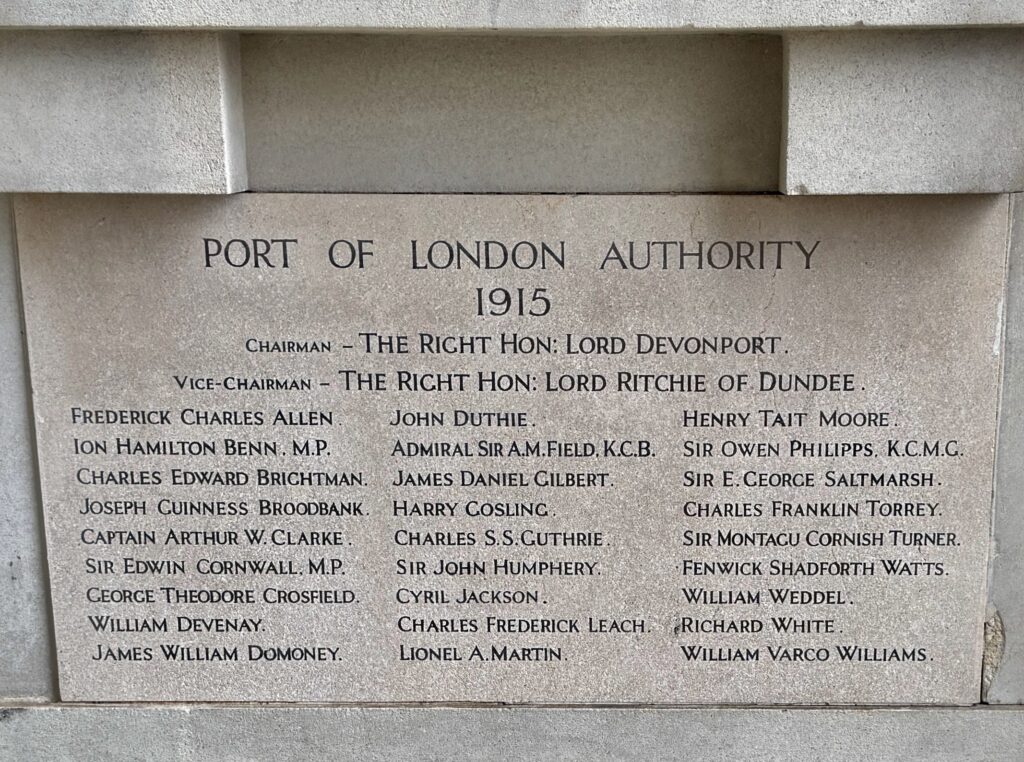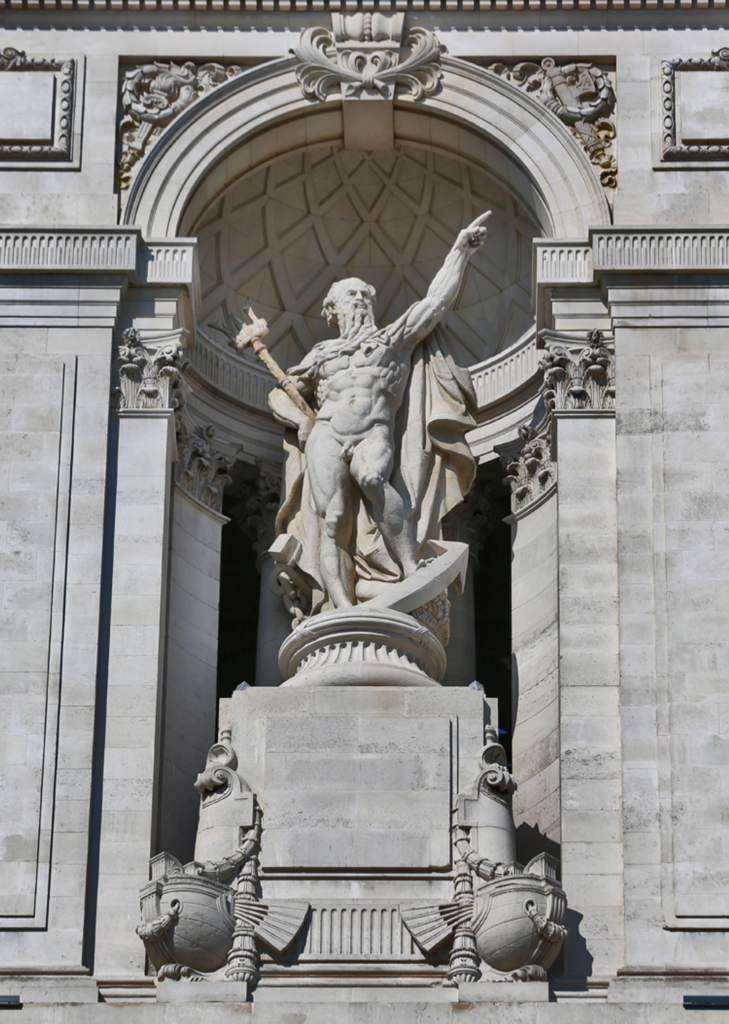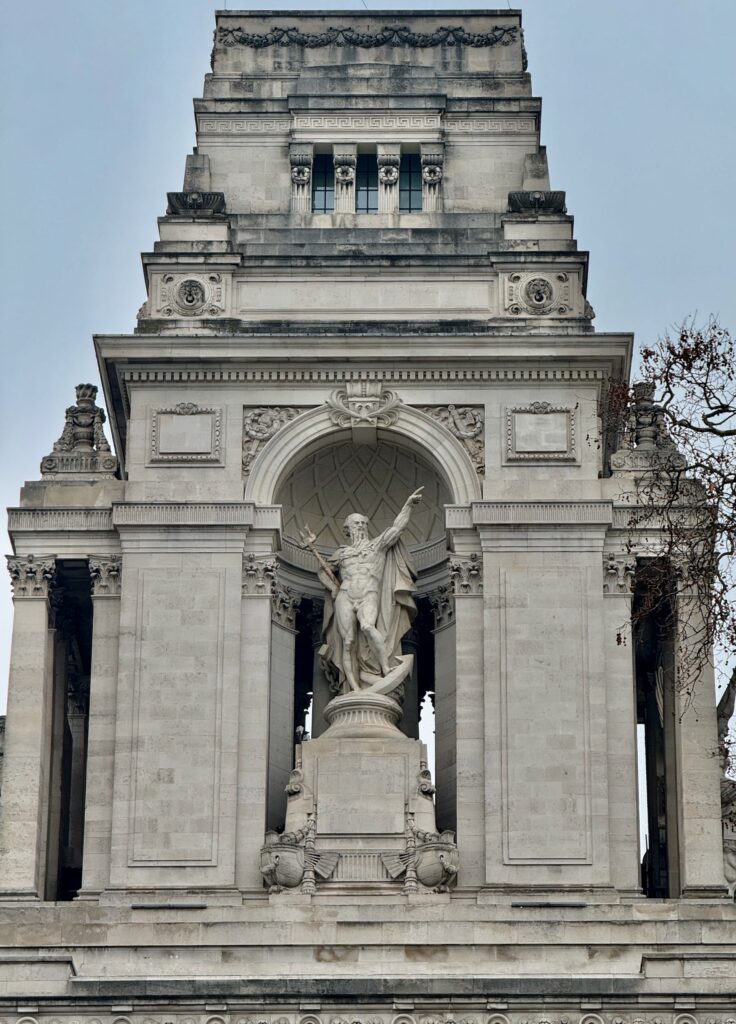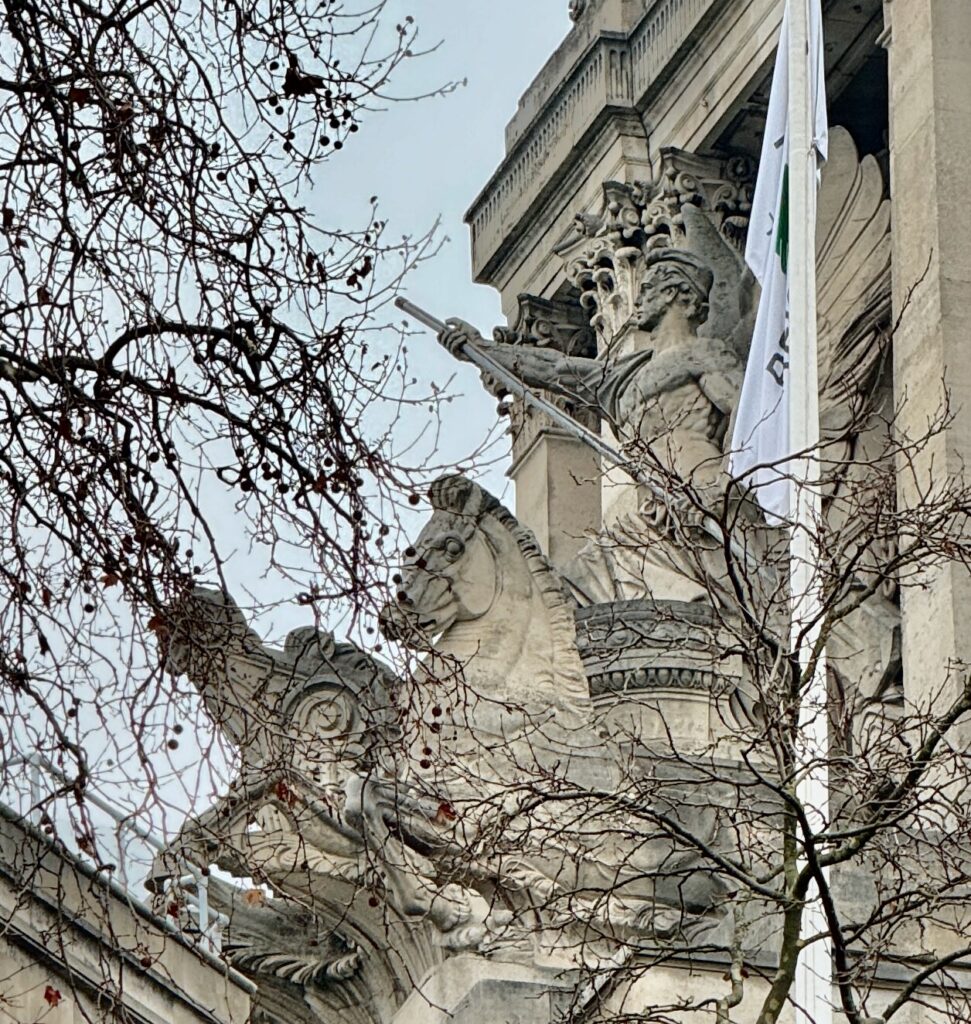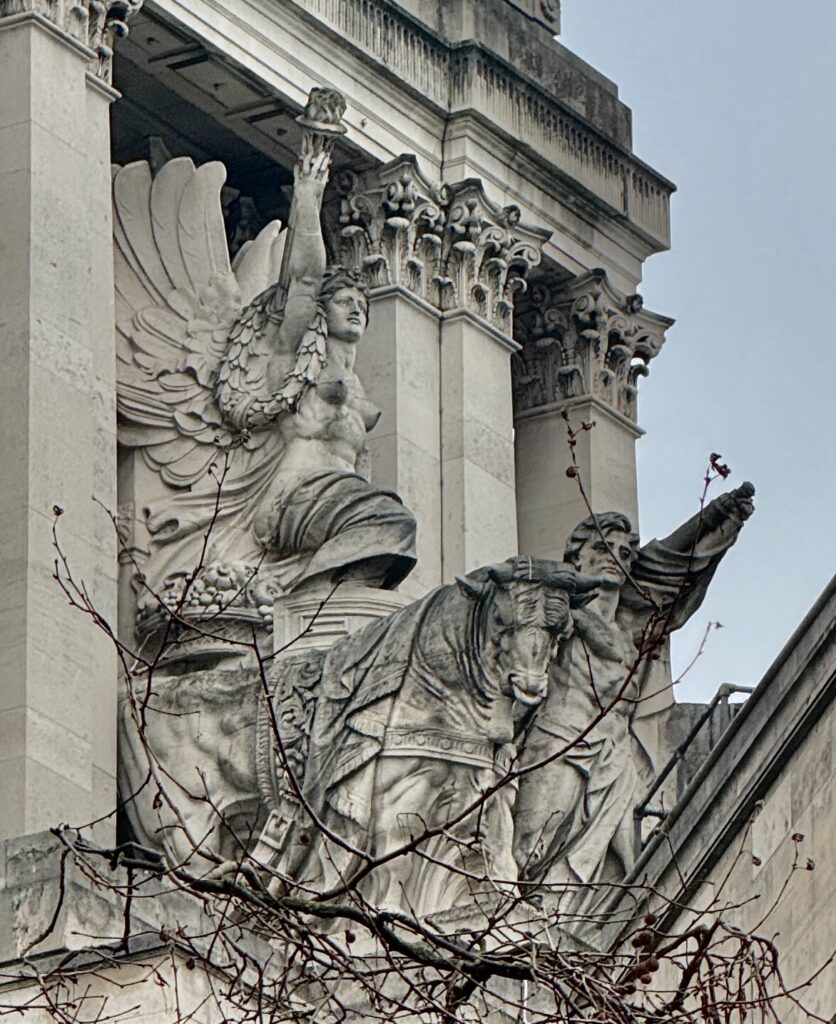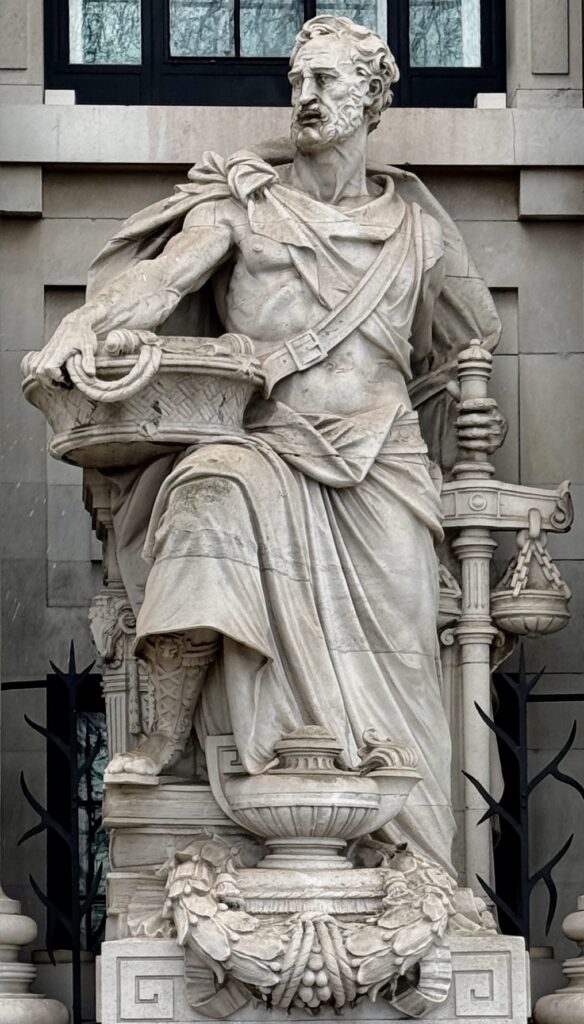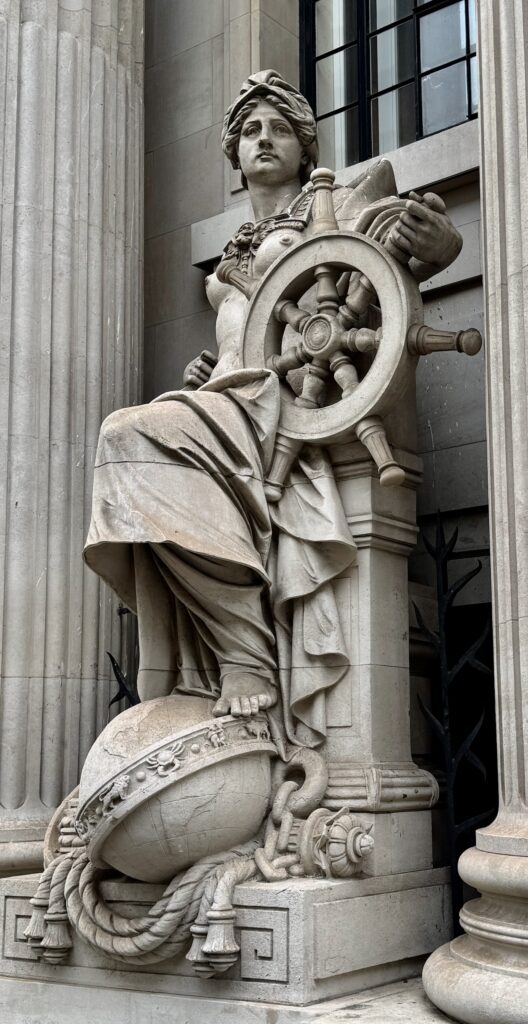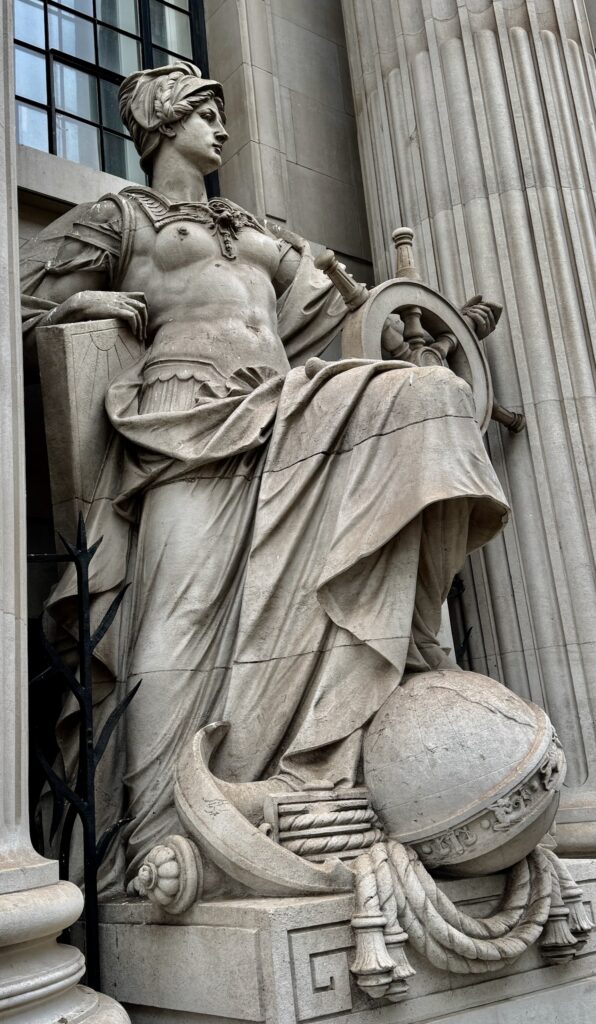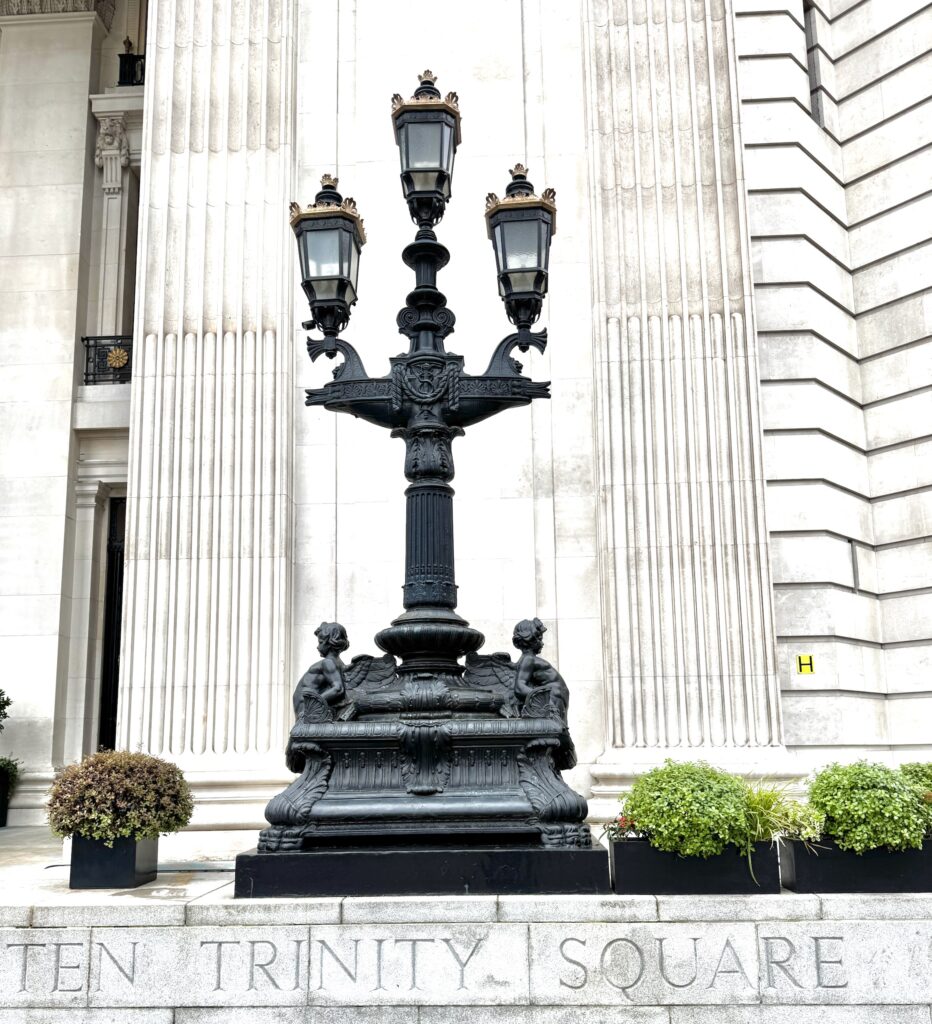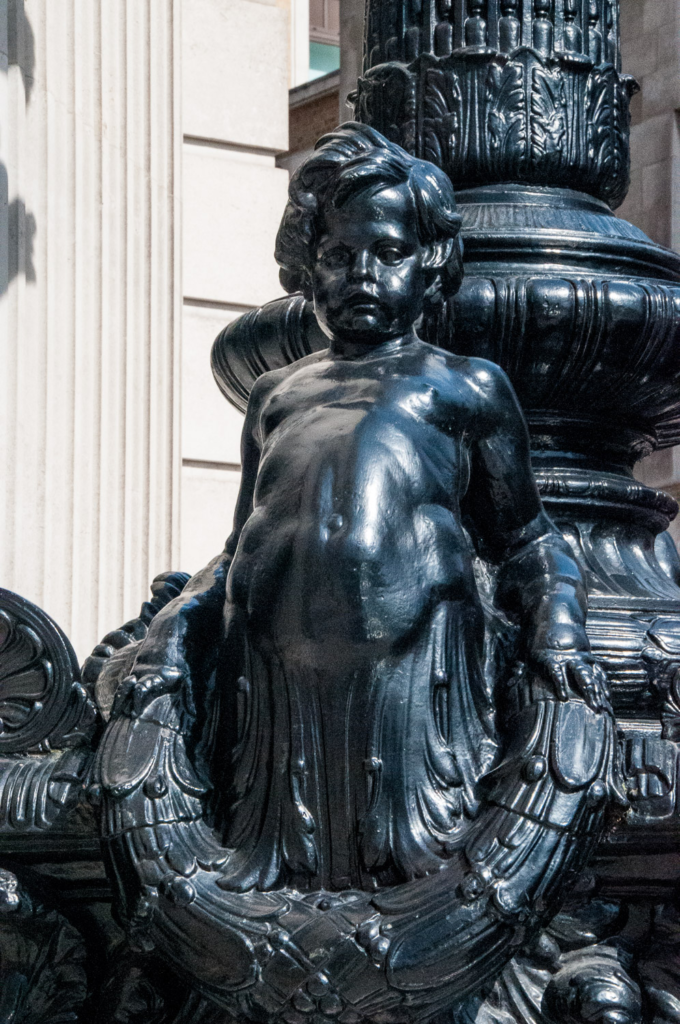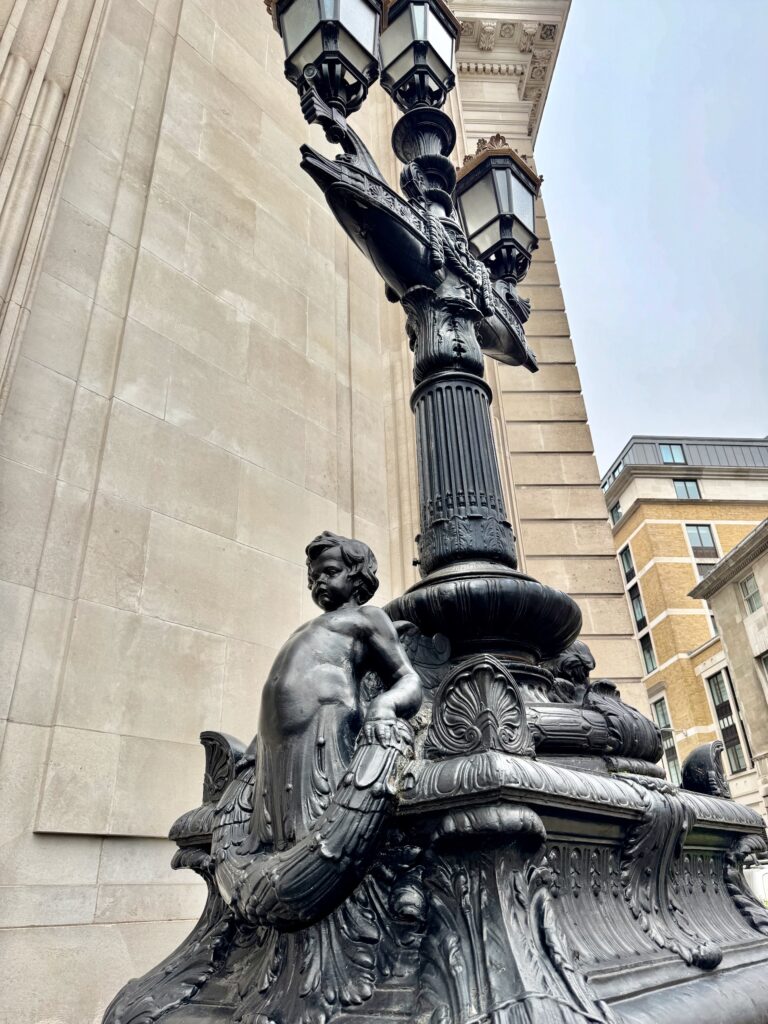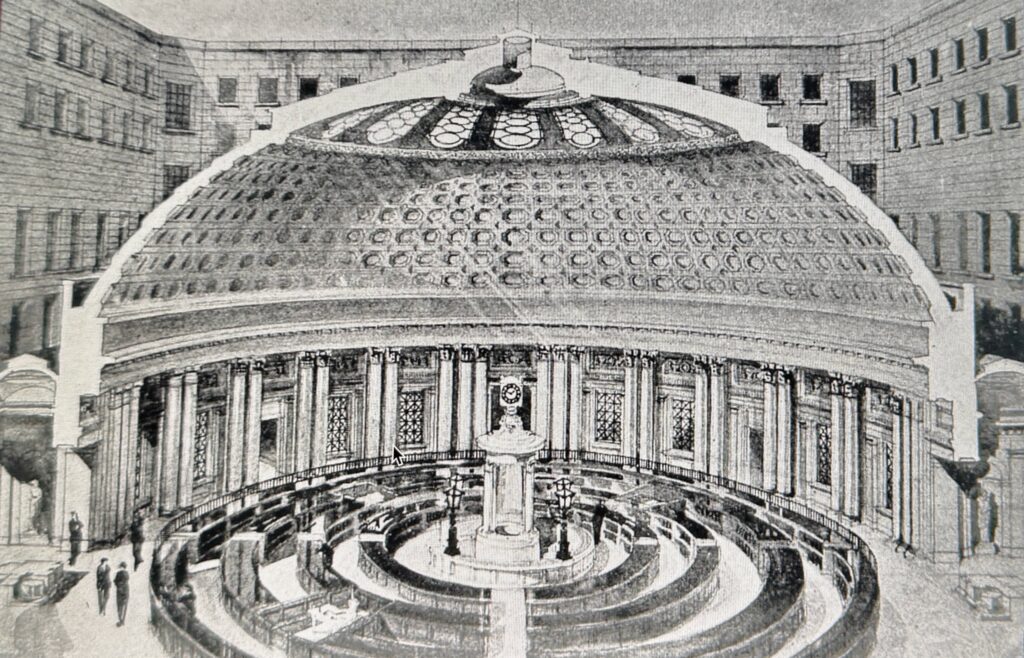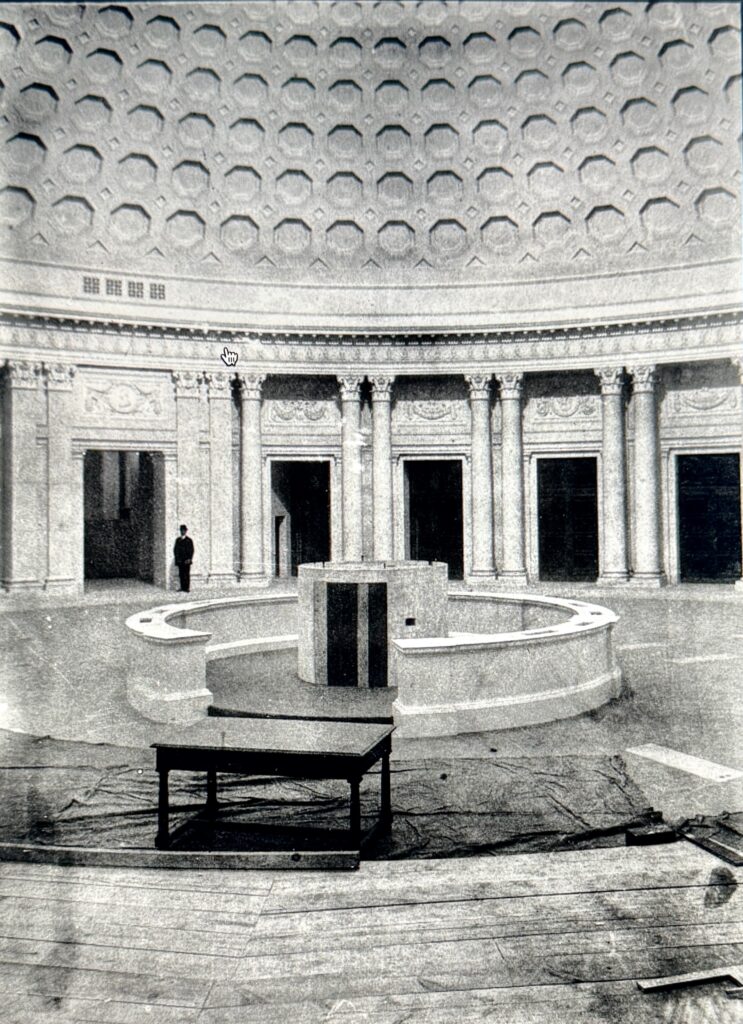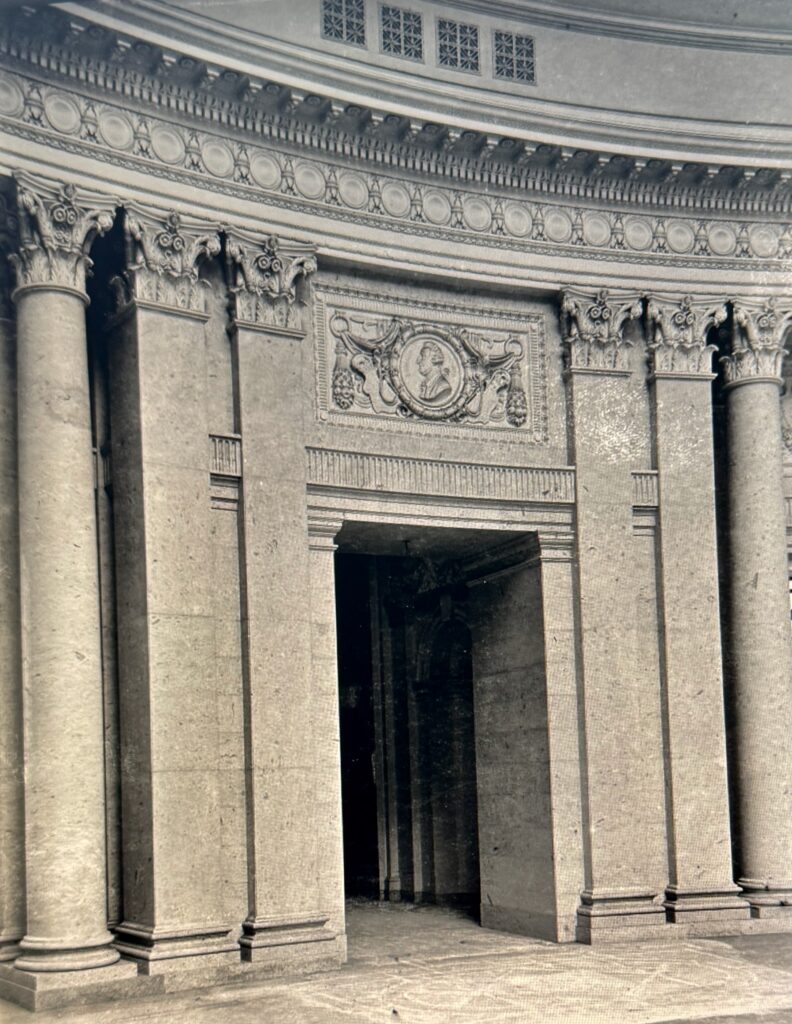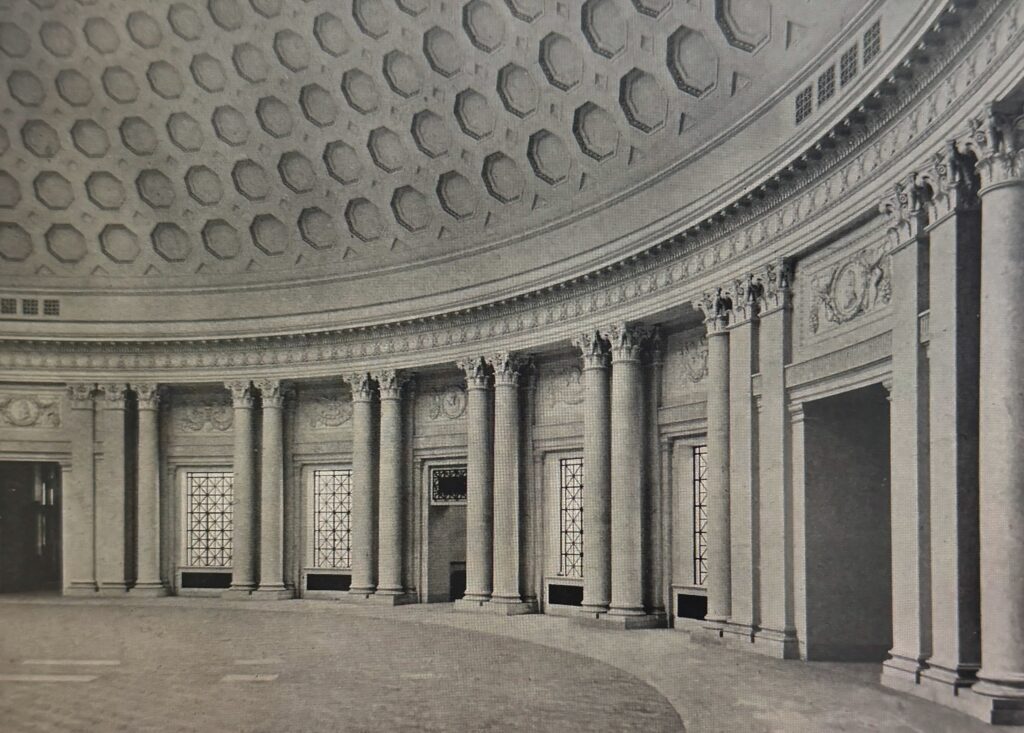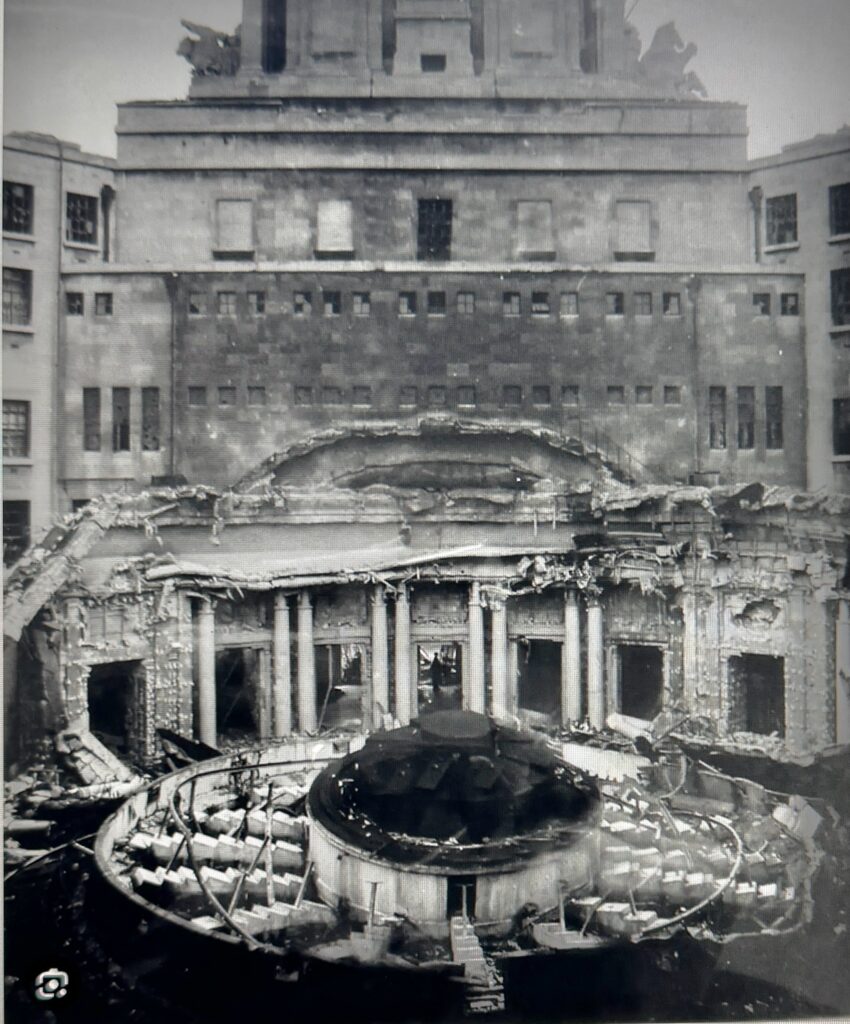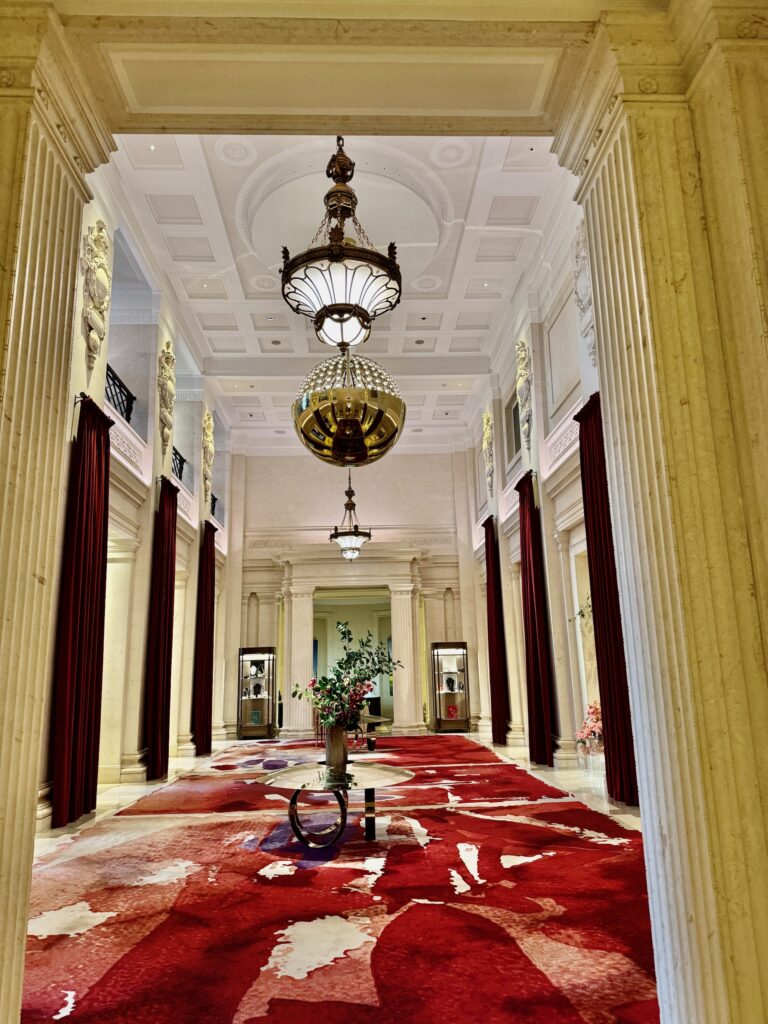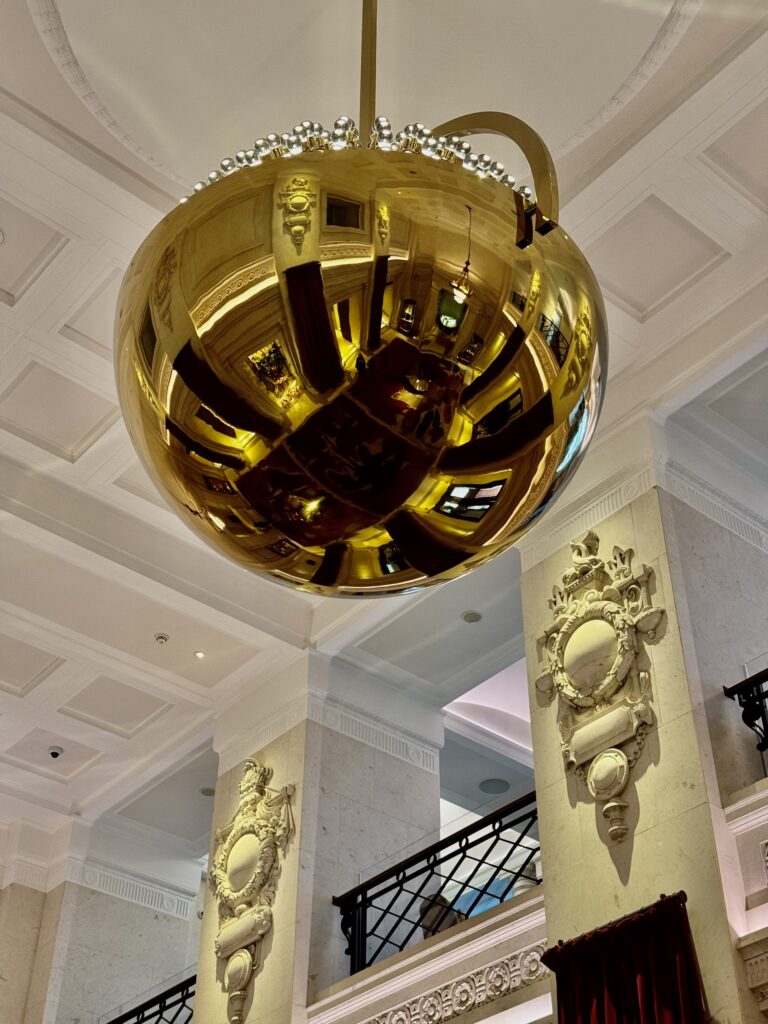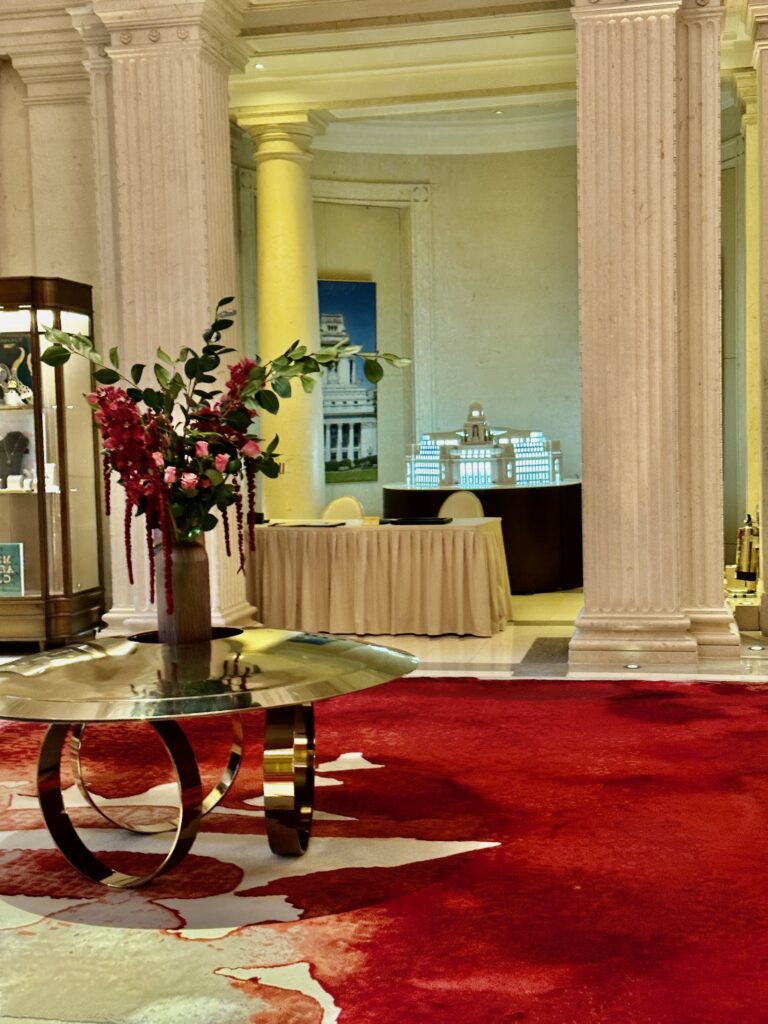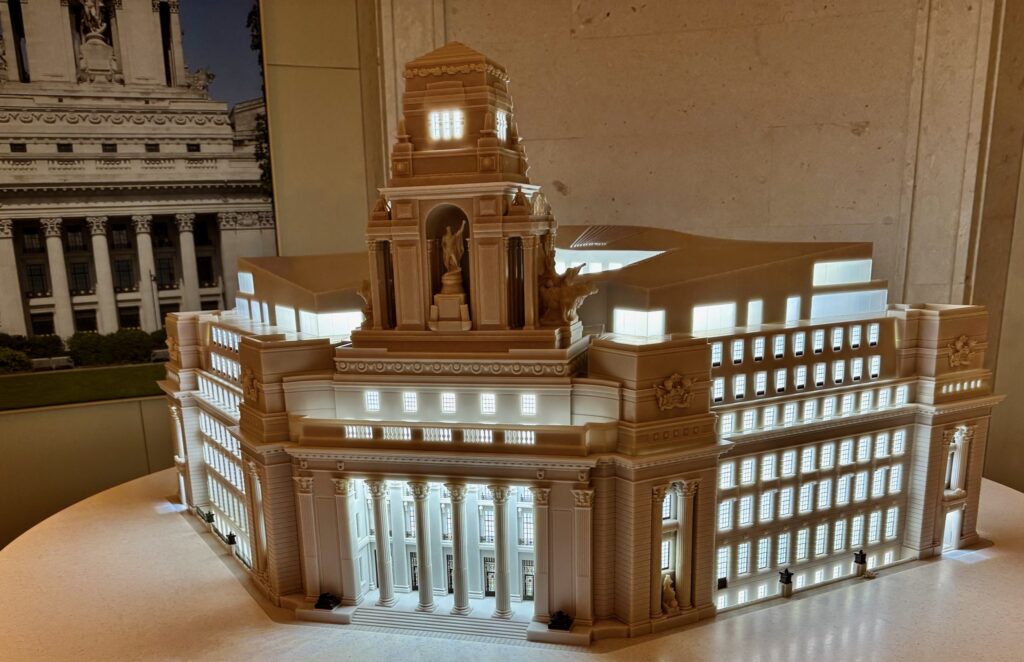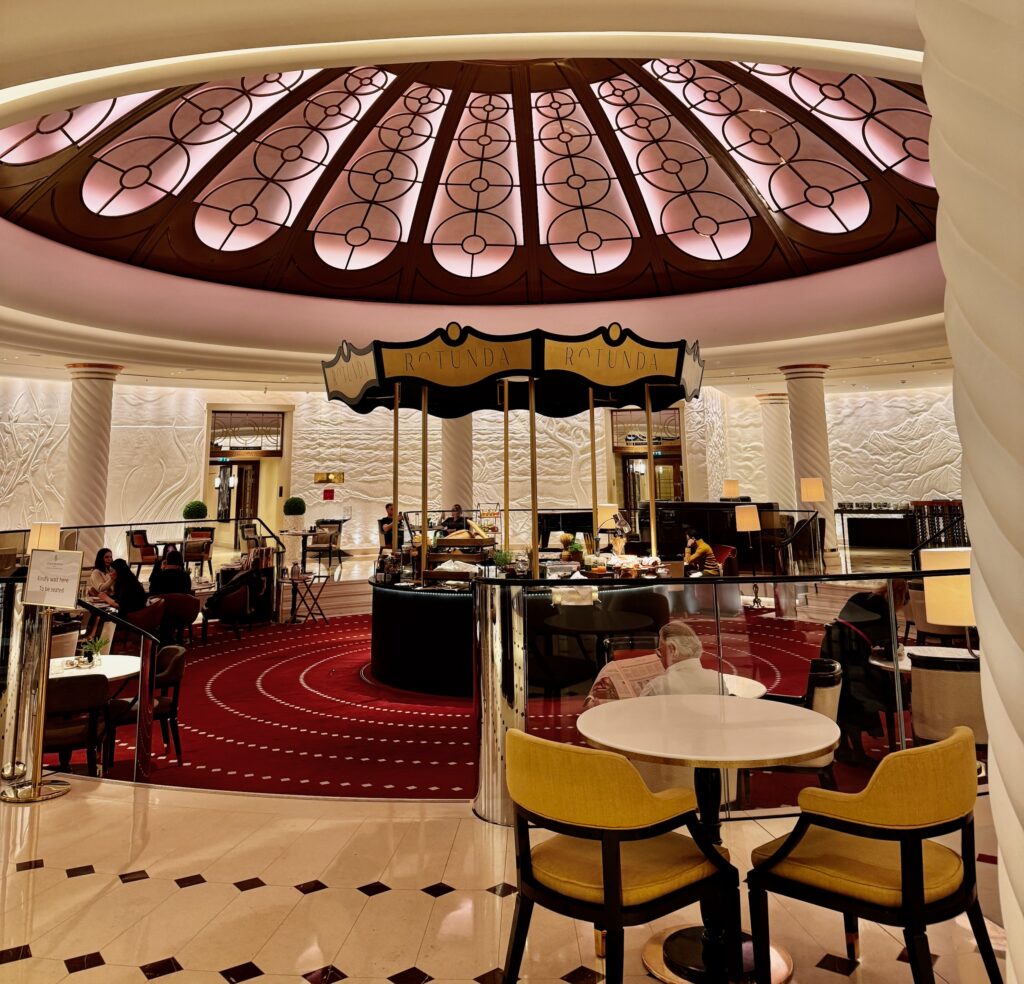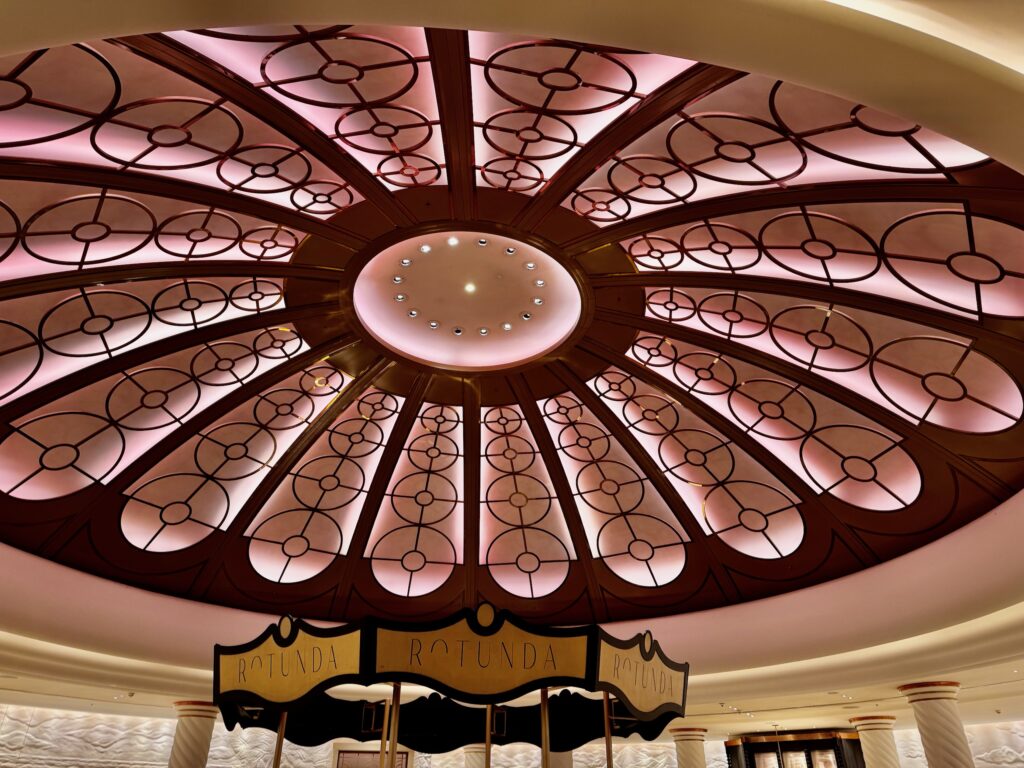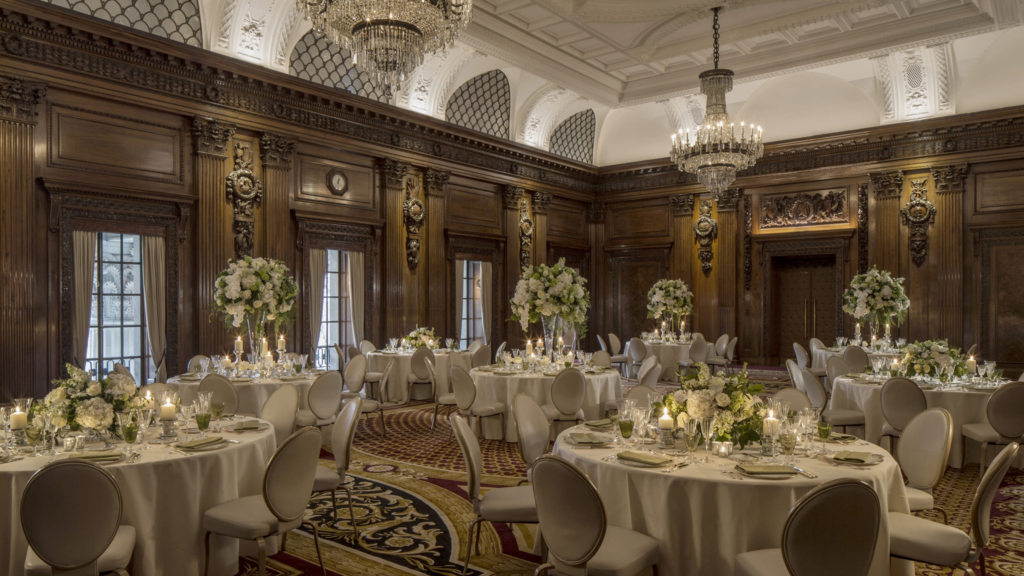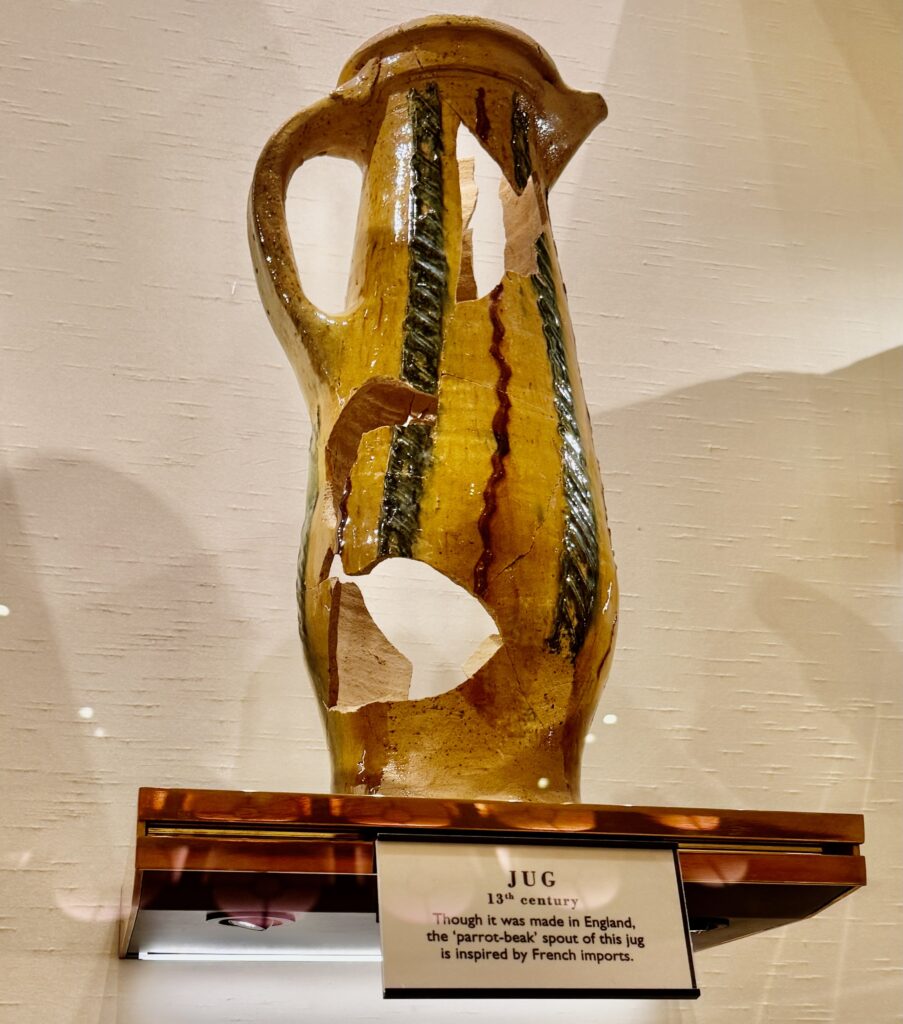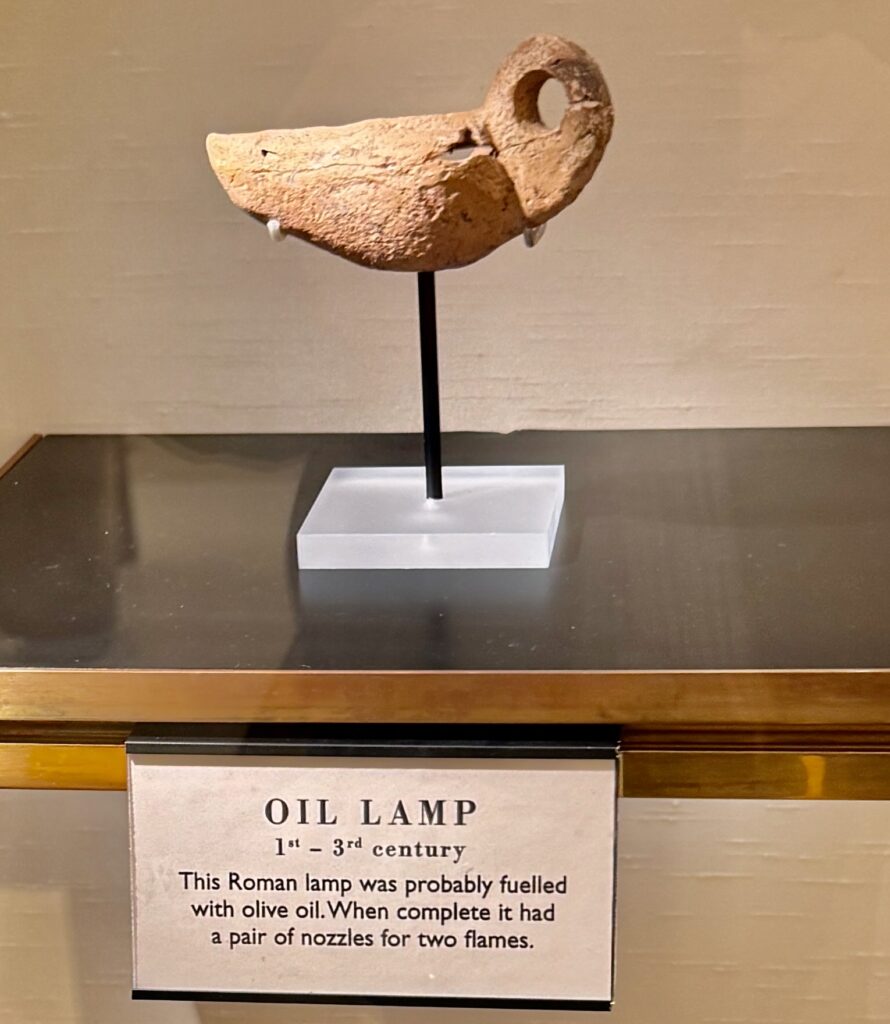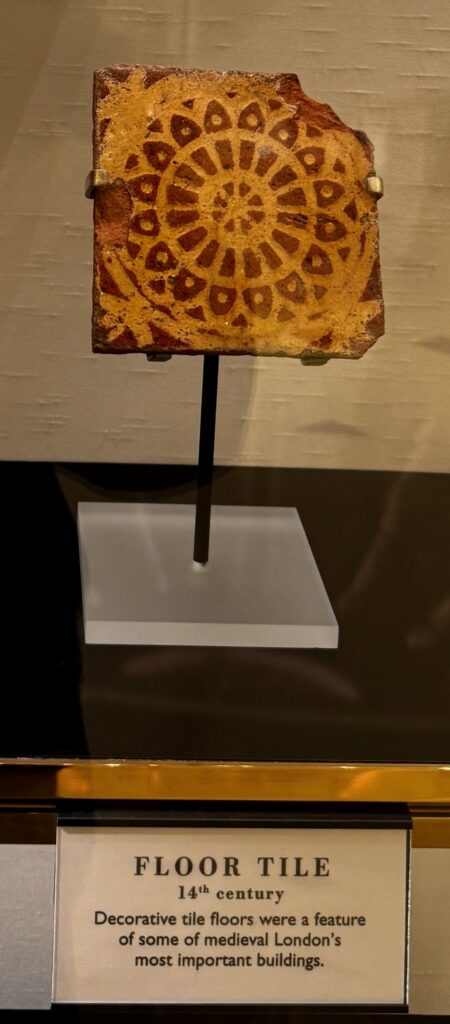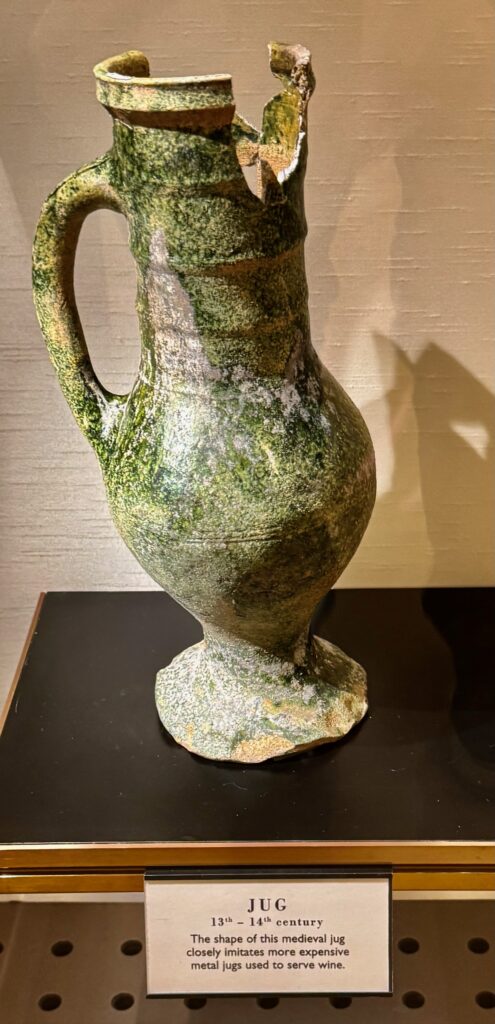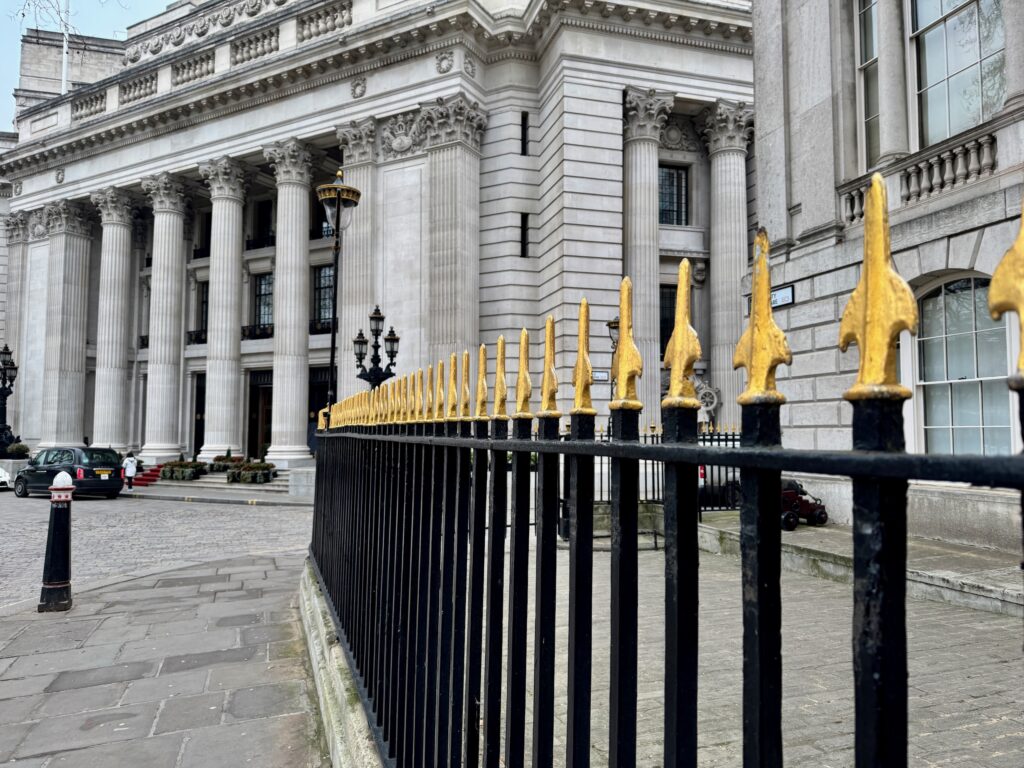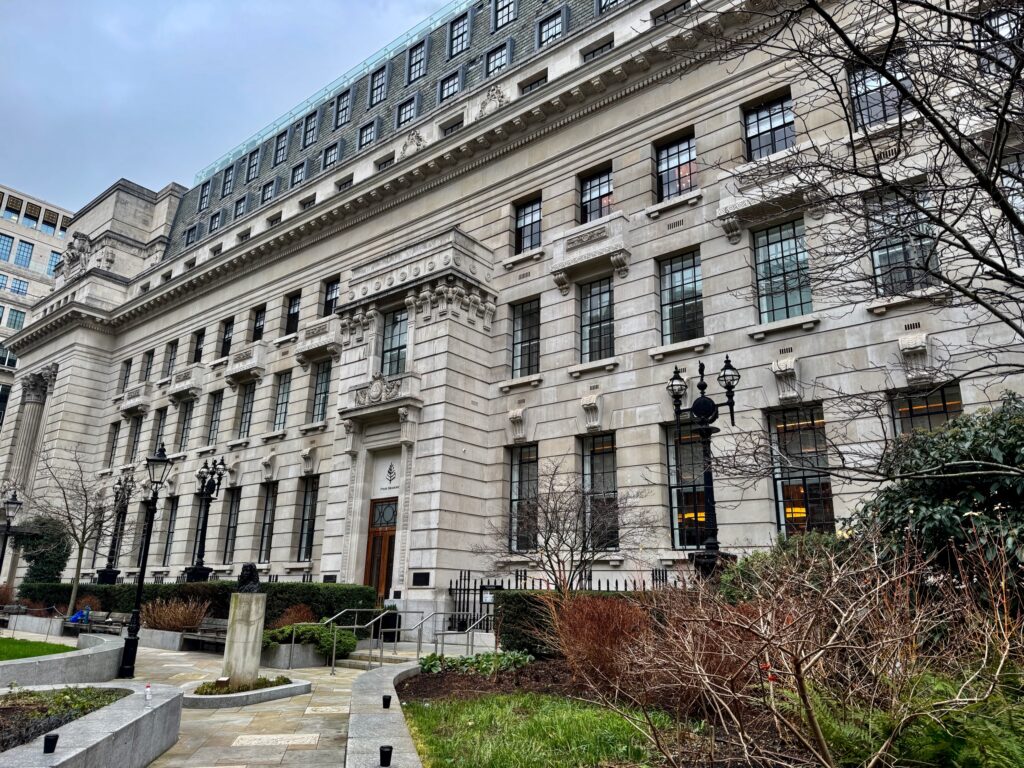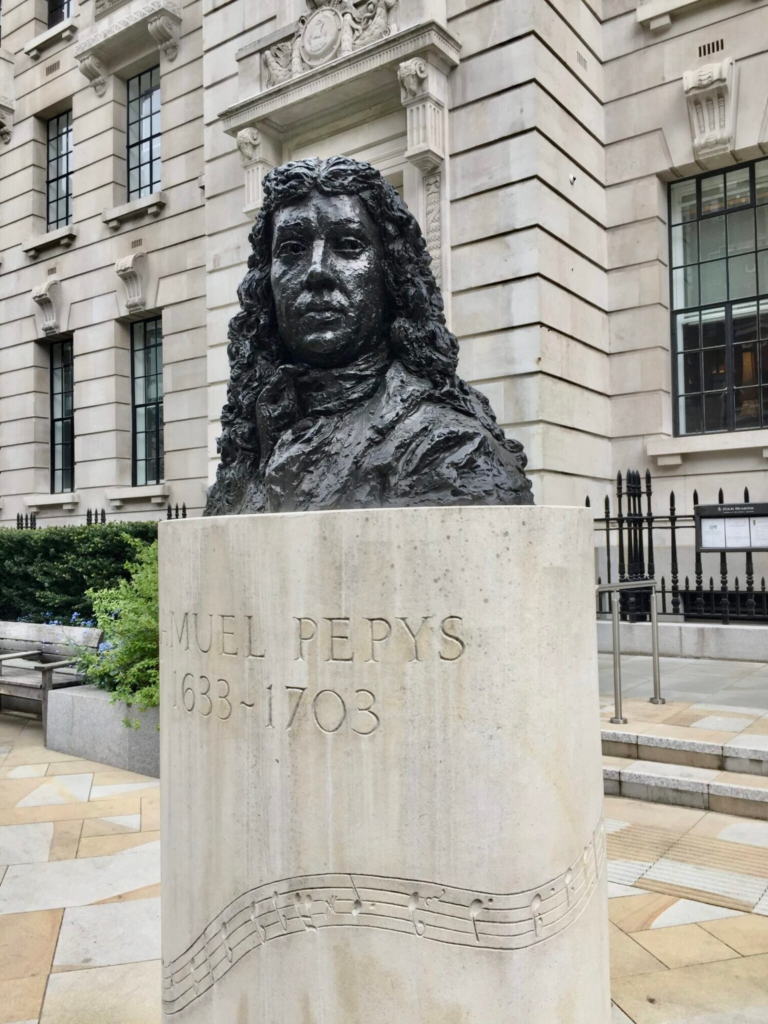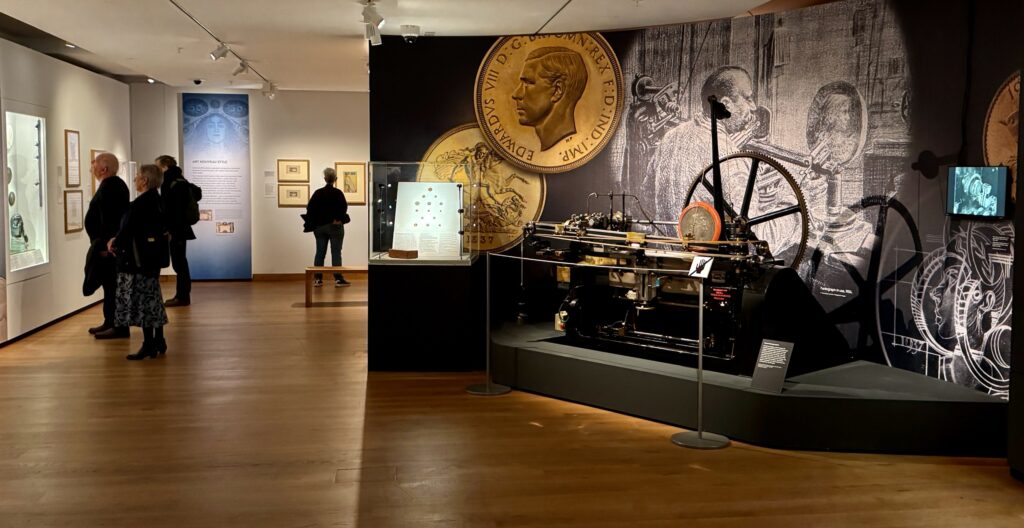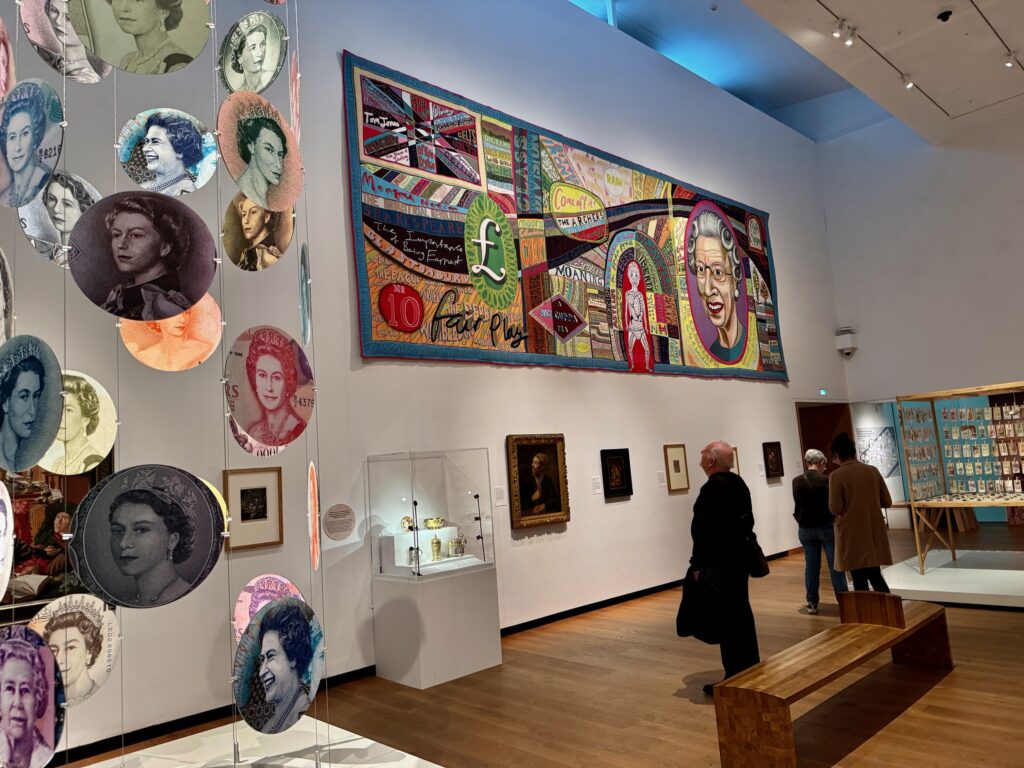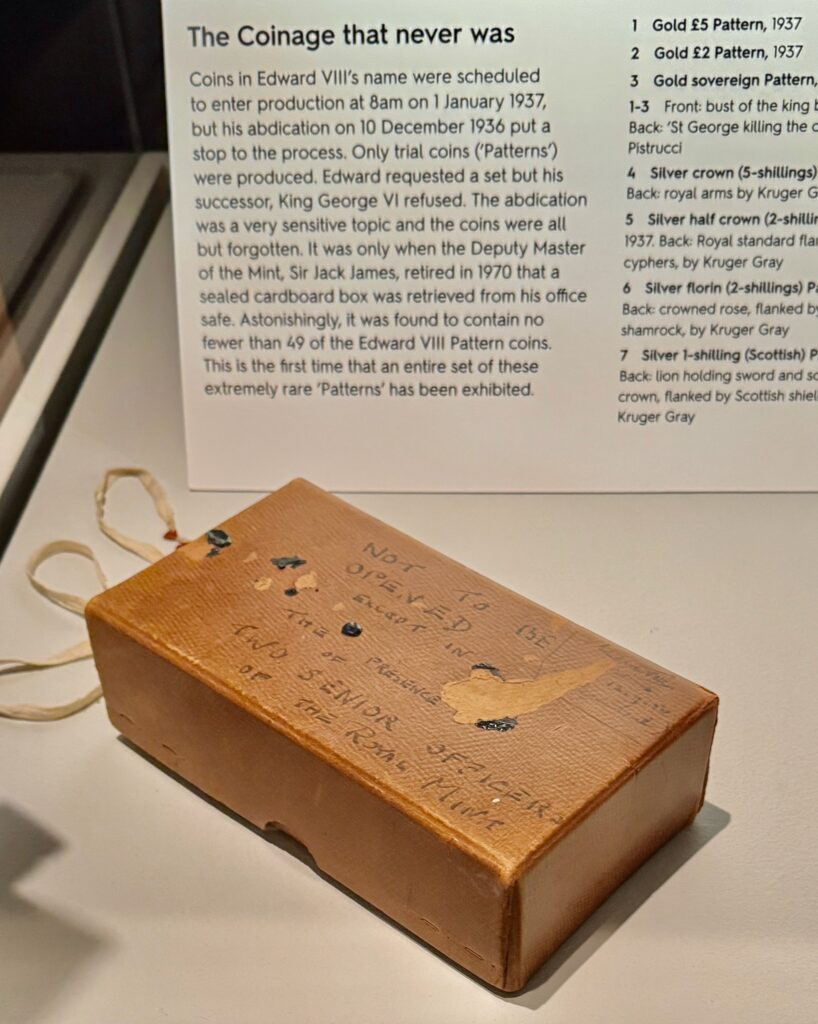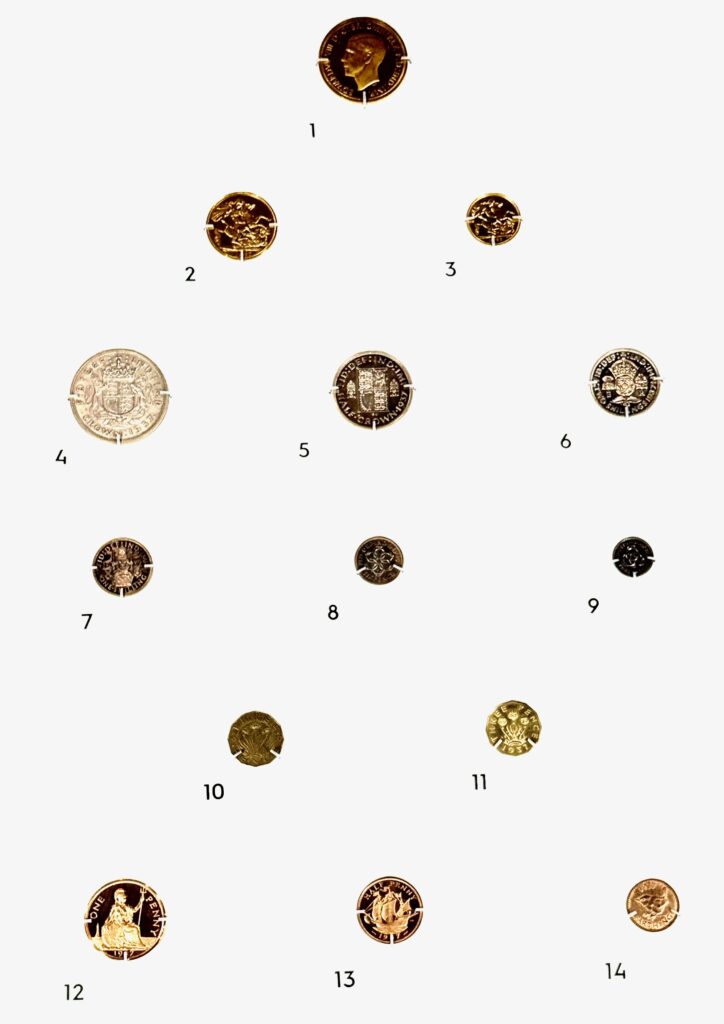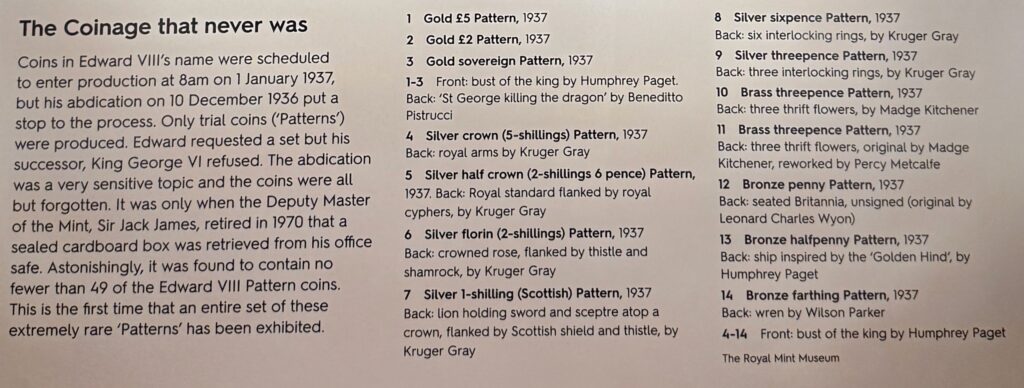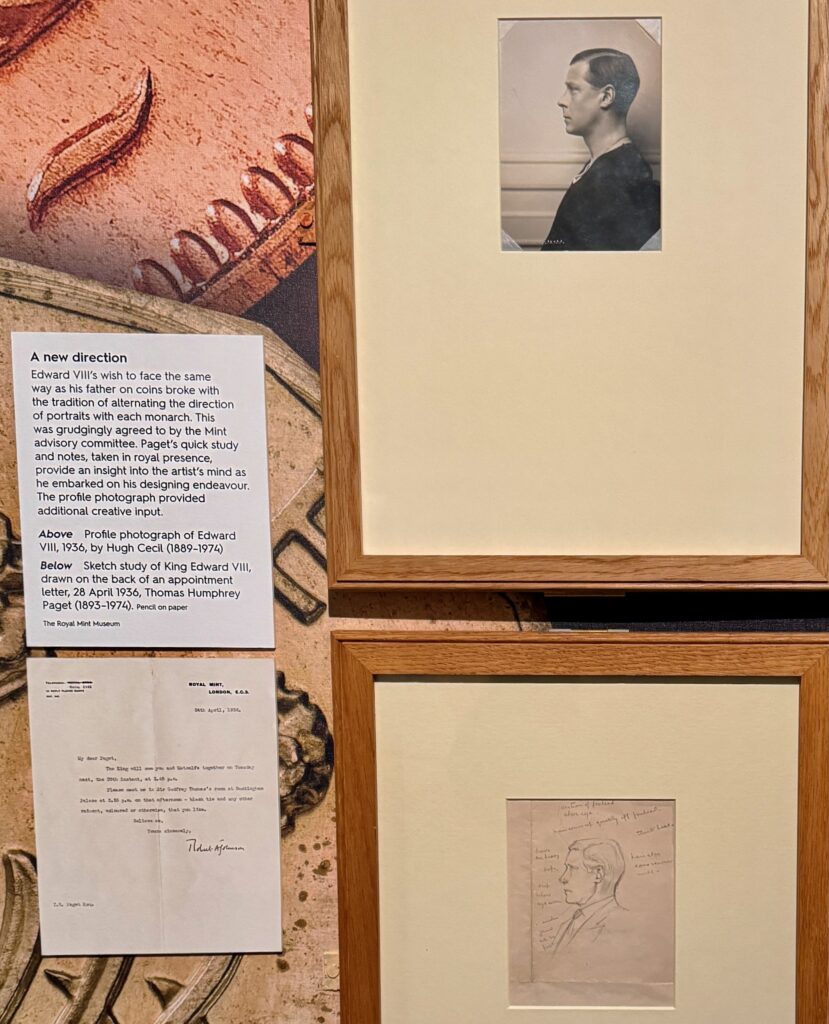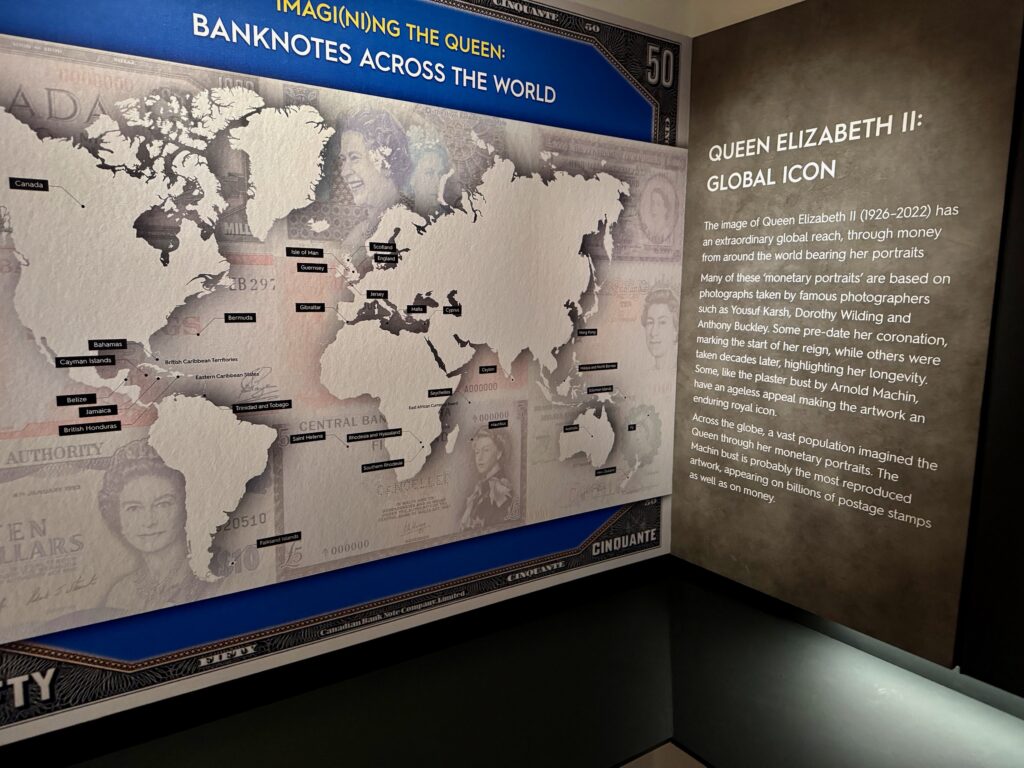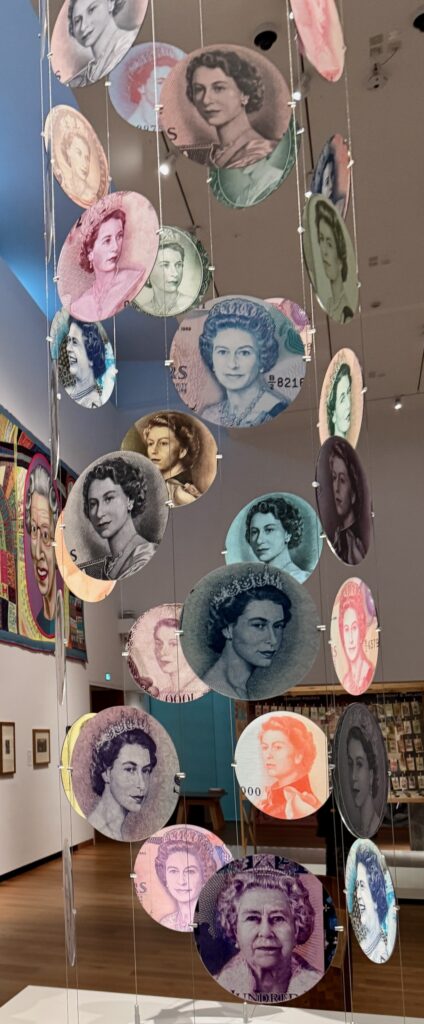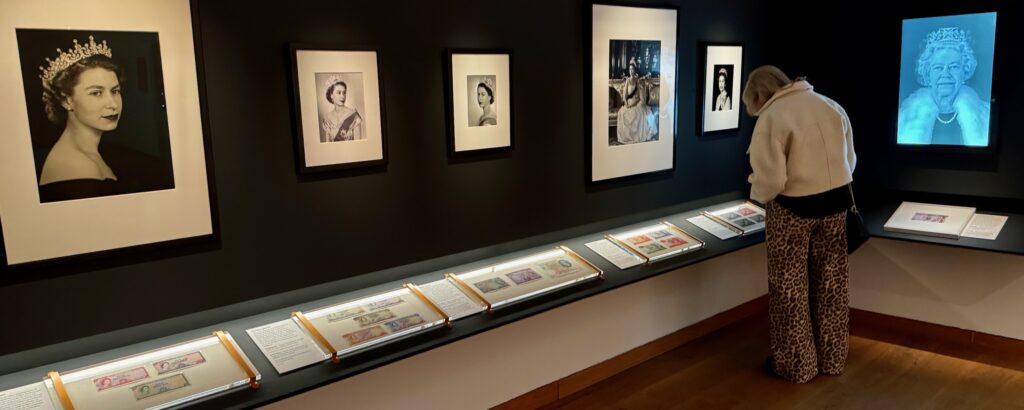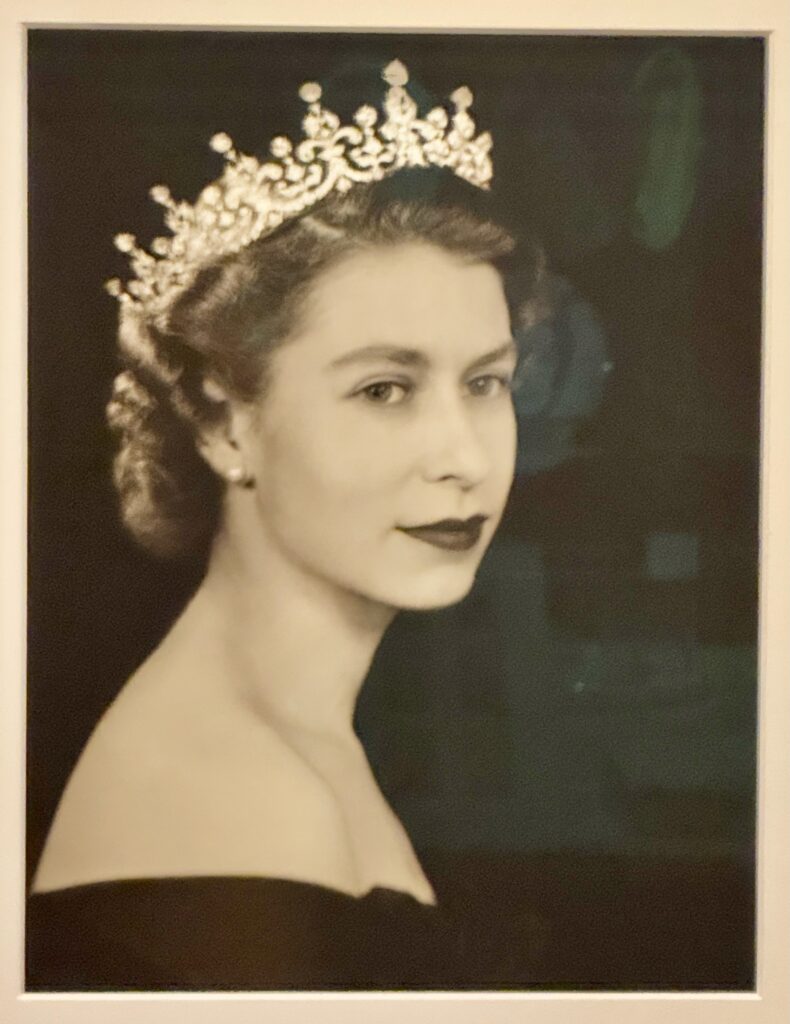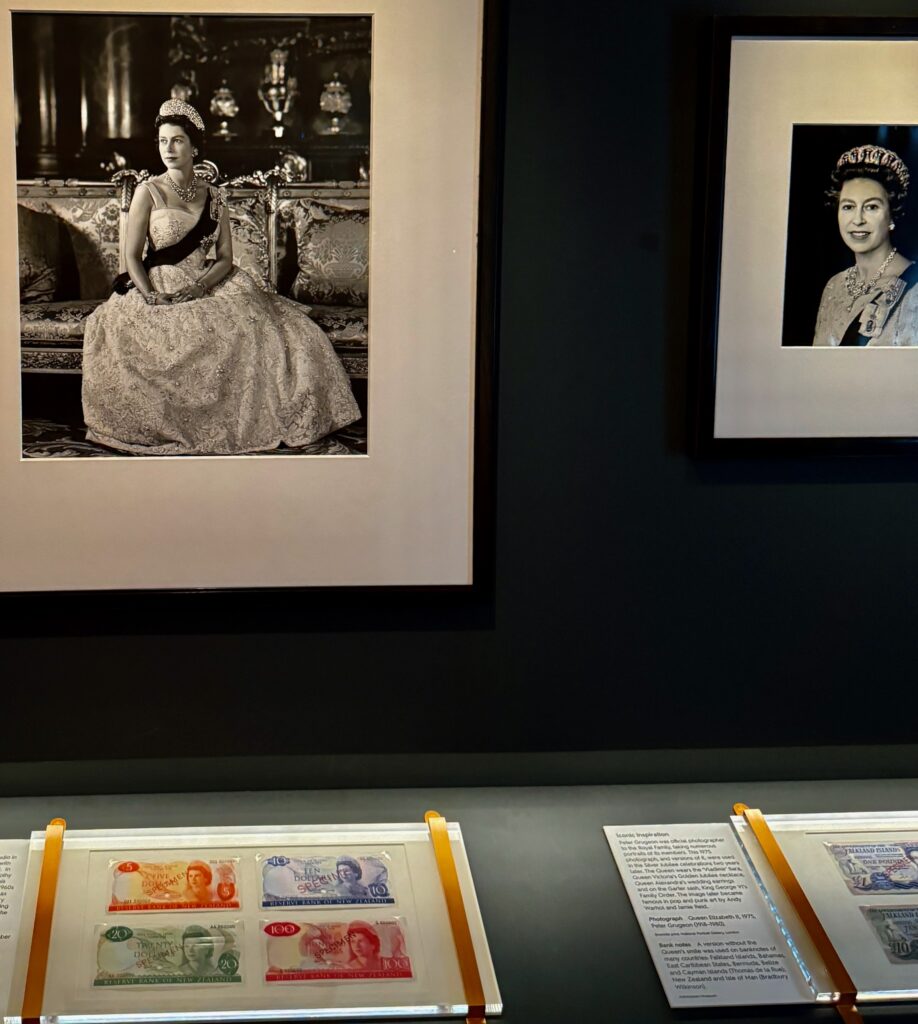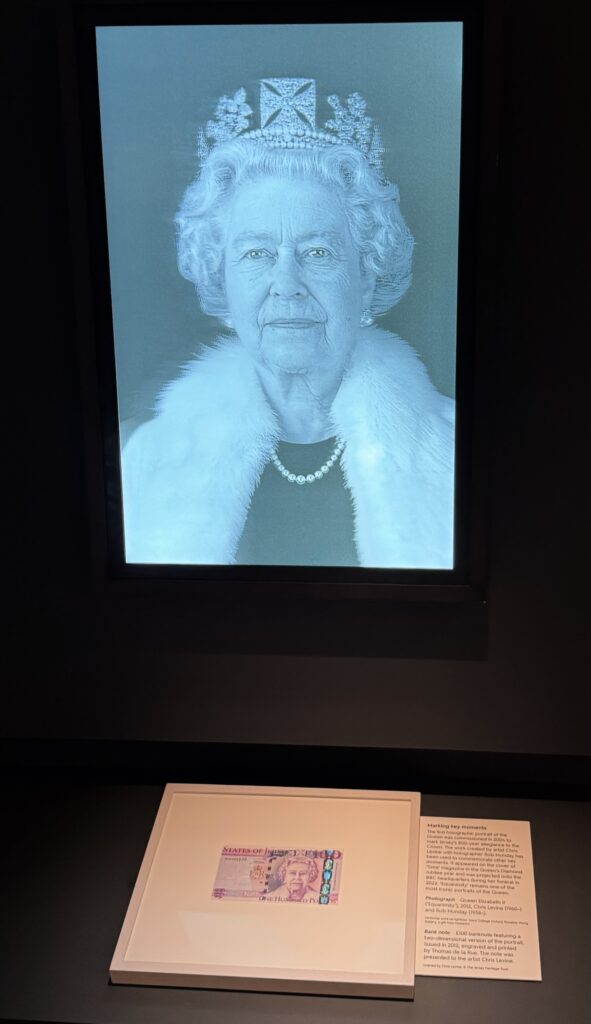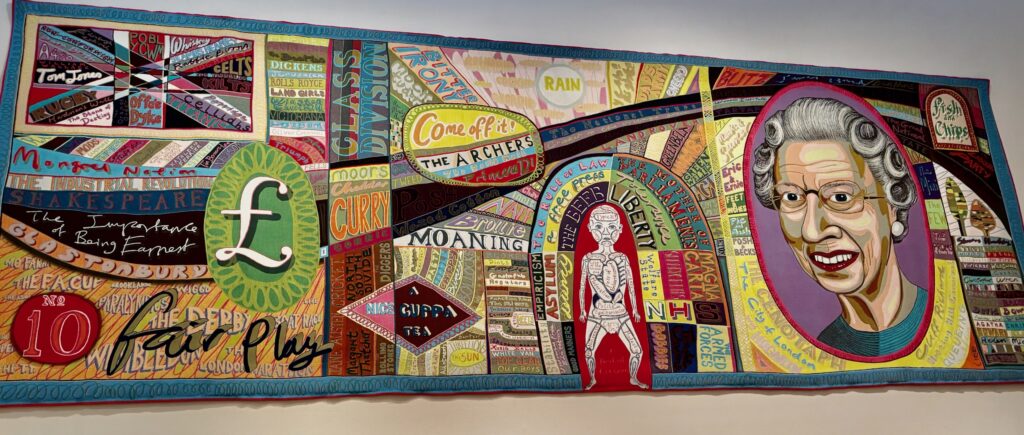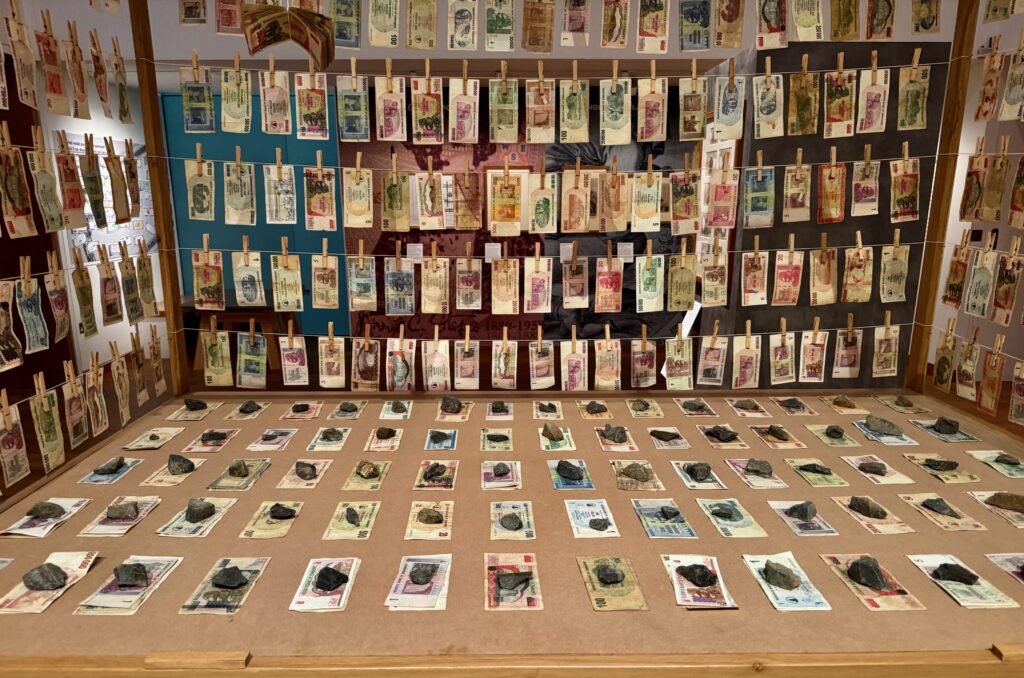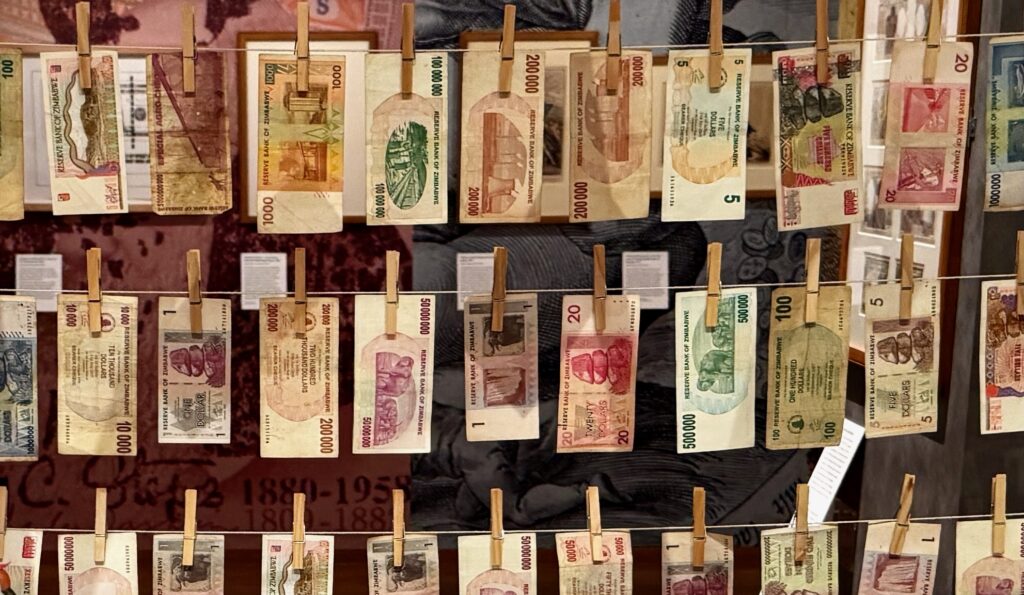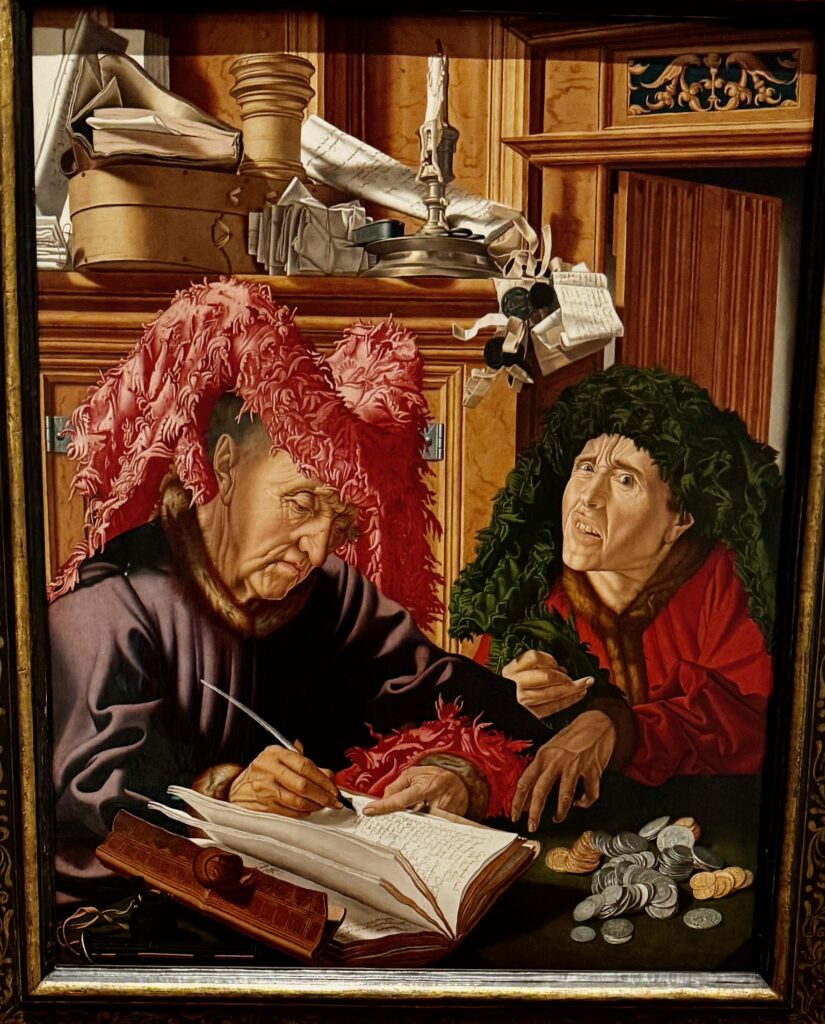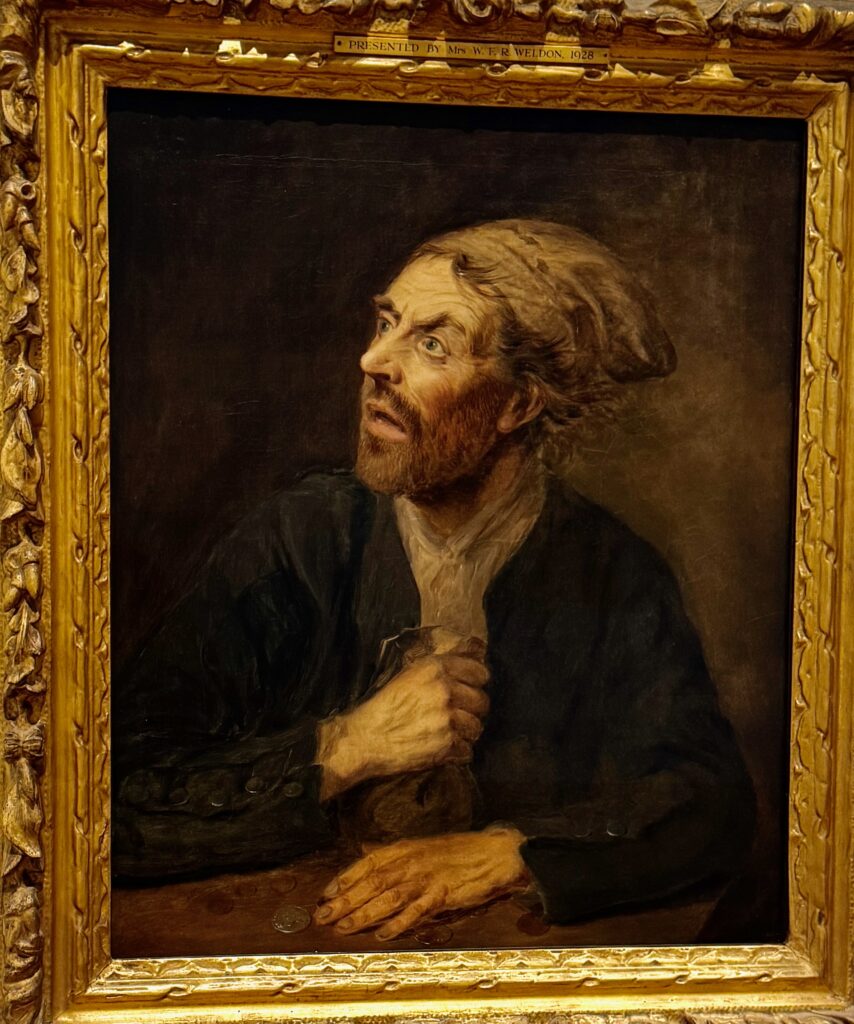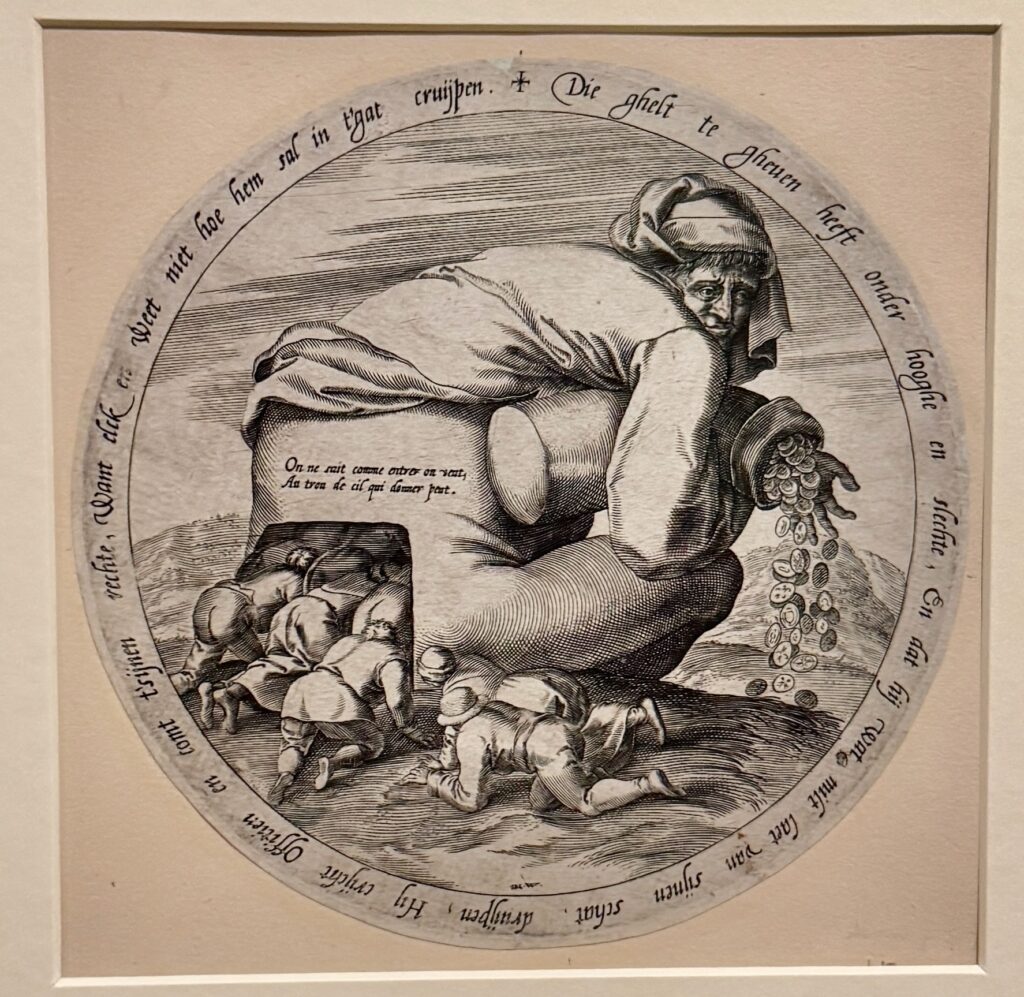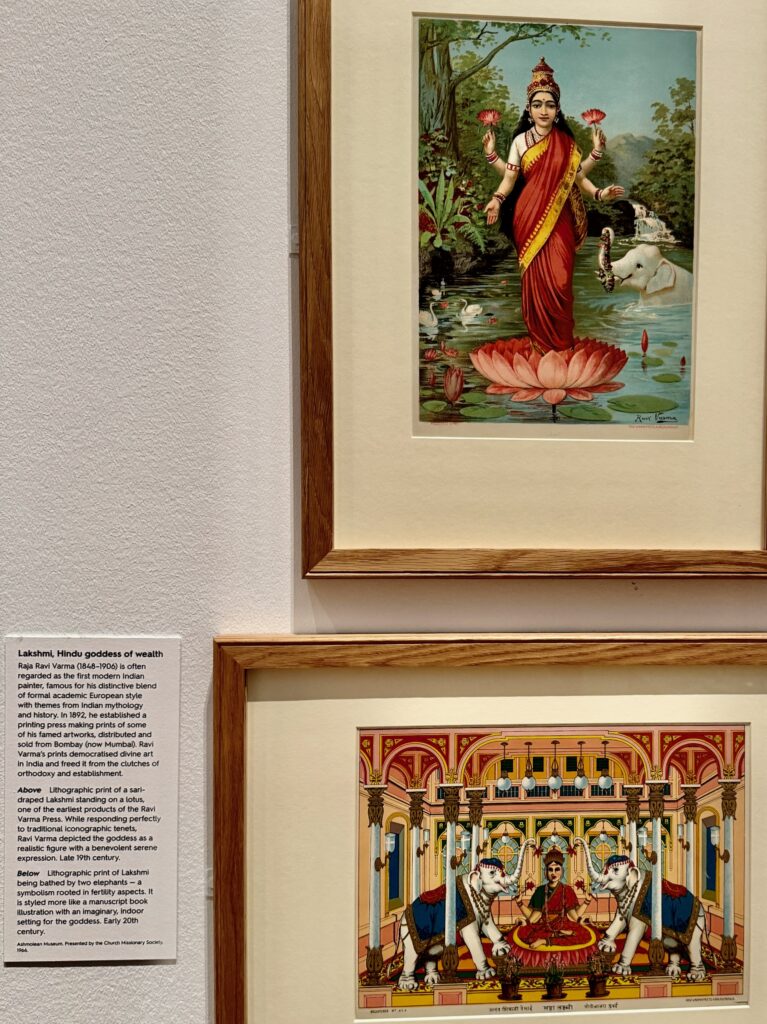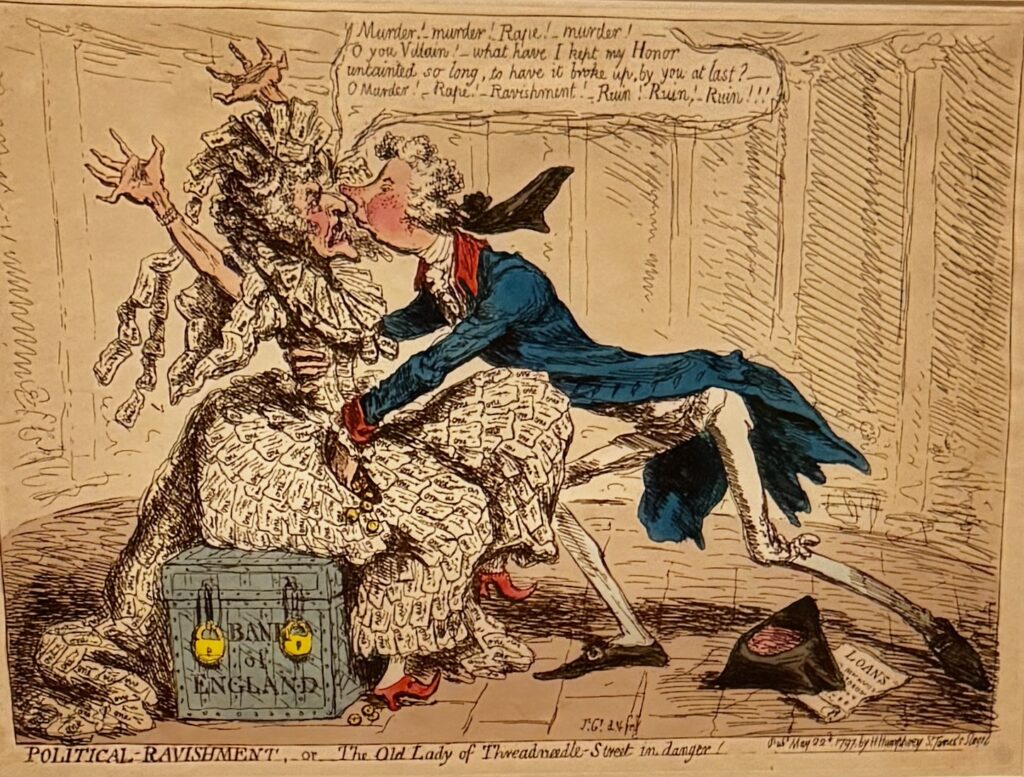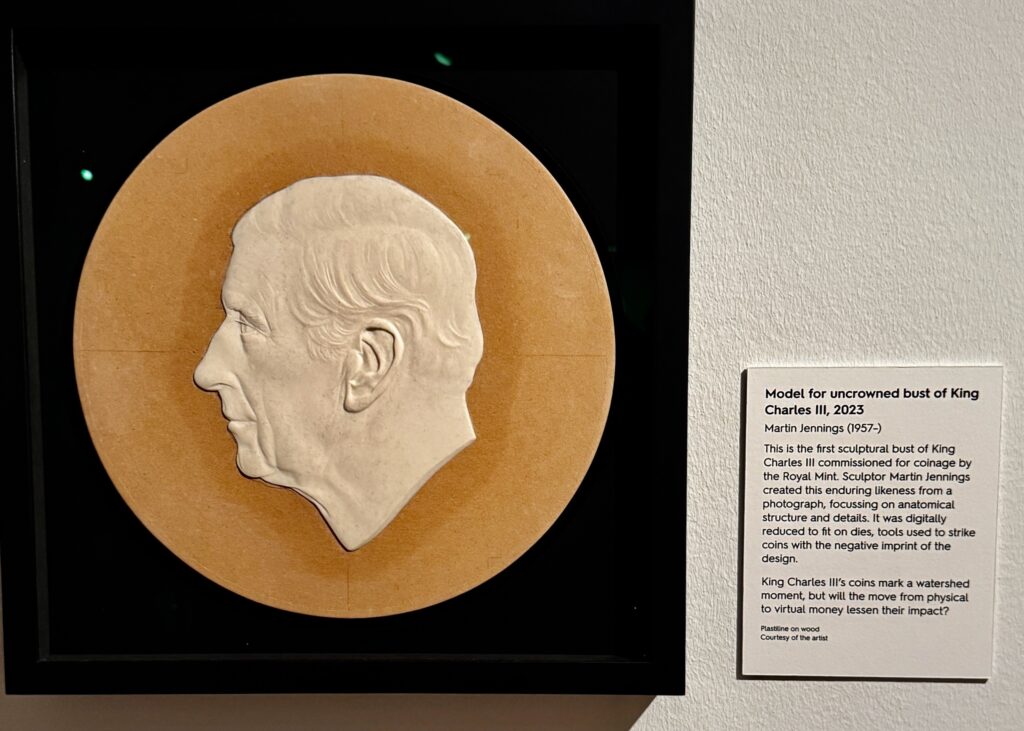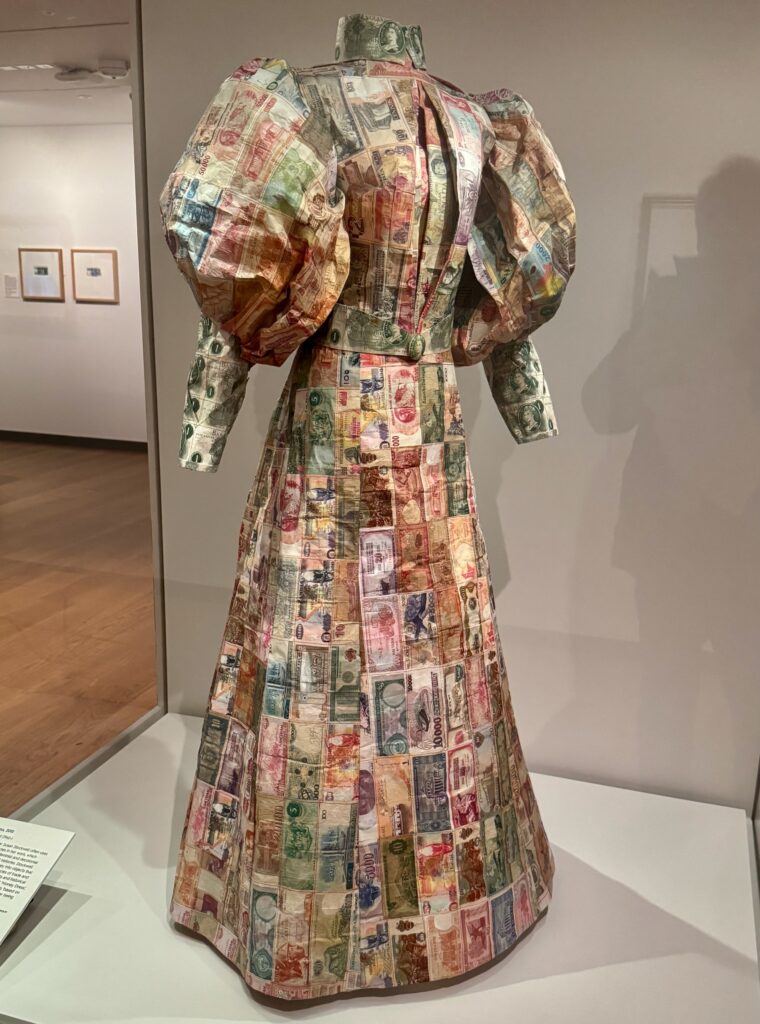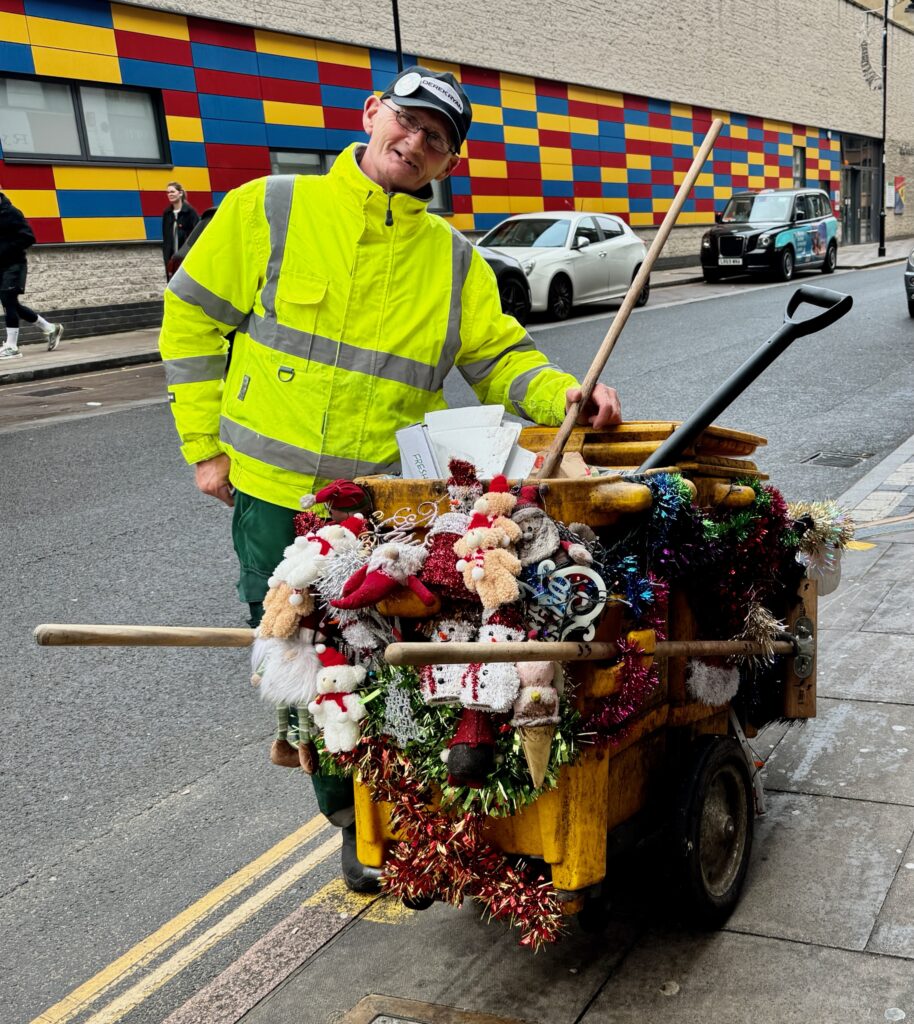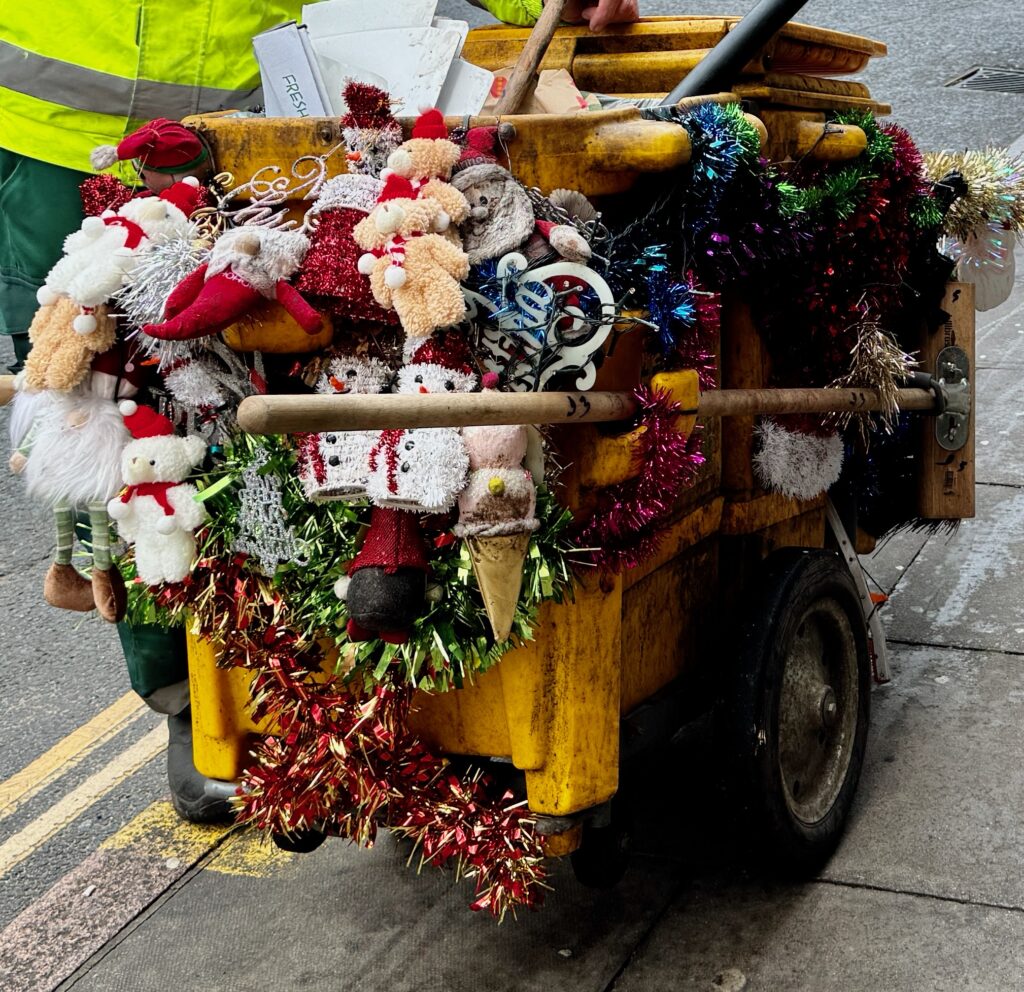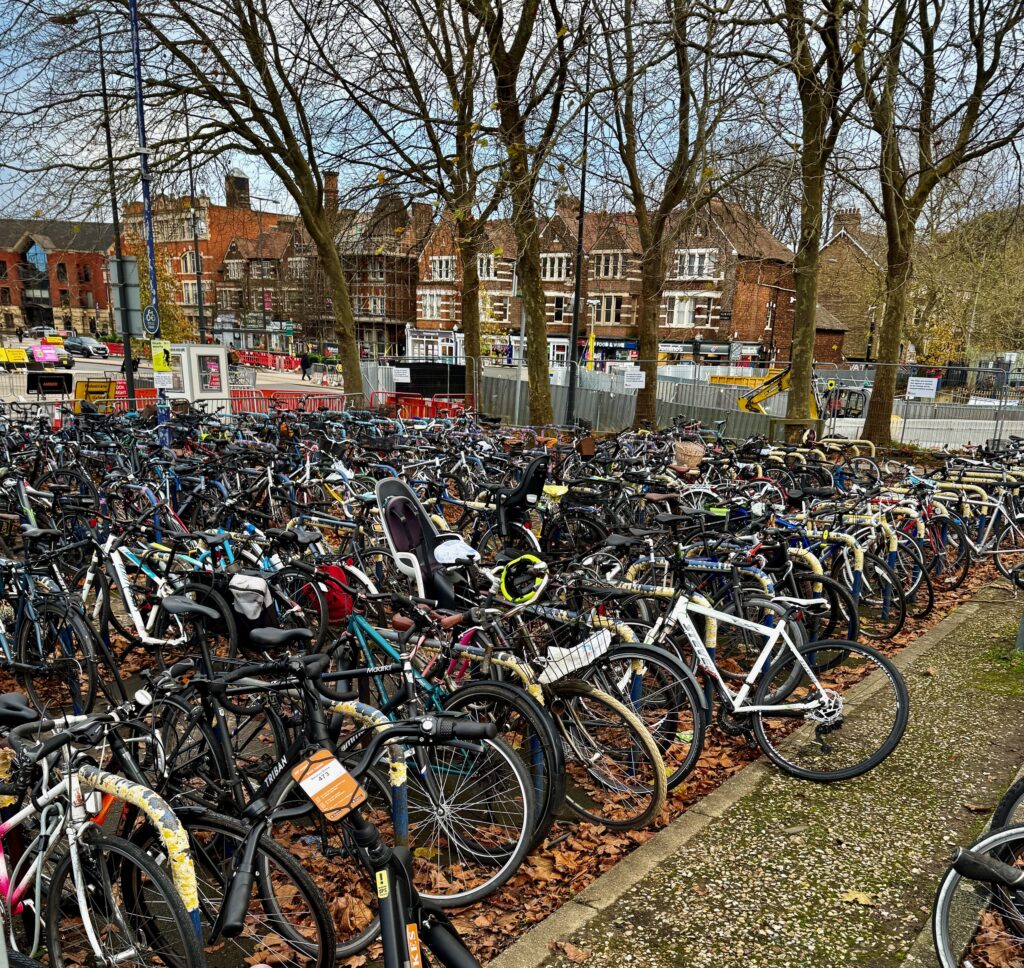I first wrote briefly about this building in June 2020 saying that I would return later to write more and I have finally got around to it!
Lloyd’s Register began as The Society for the Registry of Shipping in 1760. In that year, eleven men met in Edward Lloyd’s coffee house to talk about publishing a list of ships, a register to define their quality and safeguard life and property carried on them. Much of the Register’s history, including its origins, has been preserved in the organisation’s Archives which contain over 1.1million digitised and catalogued assets including ship plans and surveys.
It has now eveolved into a charity, the Lloyd’s Register Foundation, whose objectives remain the same as those of Lloyd’s Register: to protect people from harm and to ensure the infrastructure that we depend on for day-to-day living is safe for society both now and in the future. The Foundation also strives to provide the right skills and education to achieve these objectives.
The building dates from 1899 t0 1901, its architect was T.E. Colcutt and the sculptors George Frampton and J.E. Taylerson.
It can be found at 71 Fenchurch Street, EC3M 4BS on the corner with Lloyd’s Avenue …
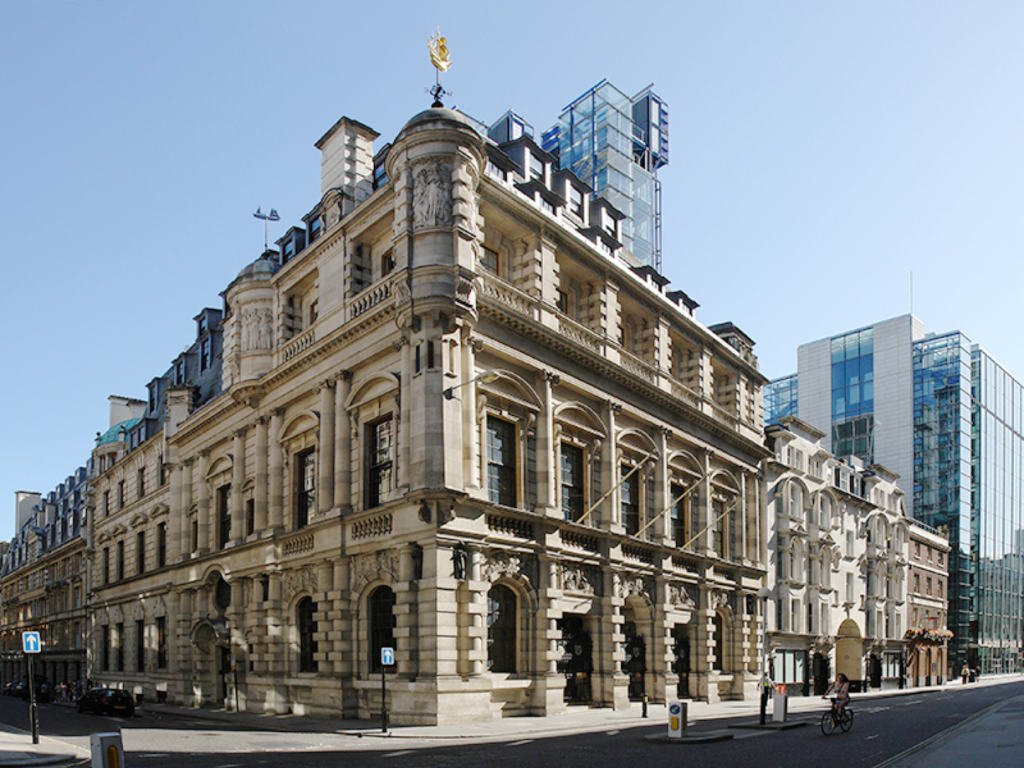
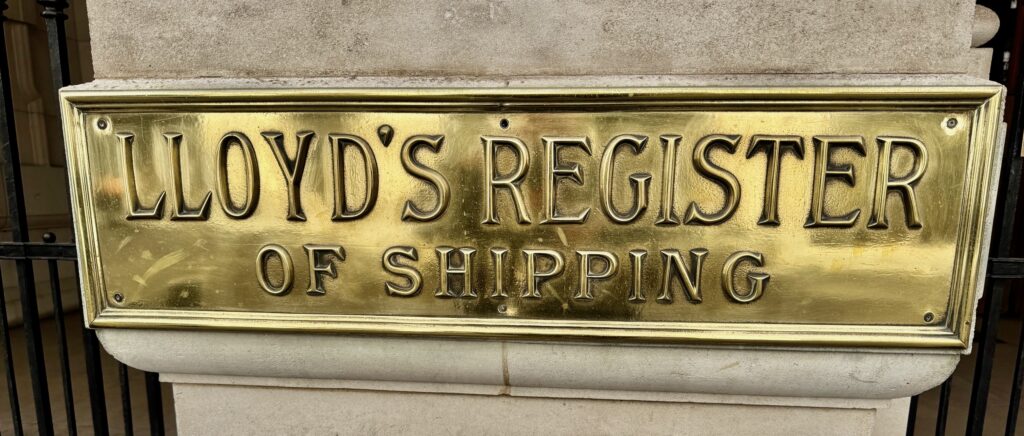
The north and south turrets …
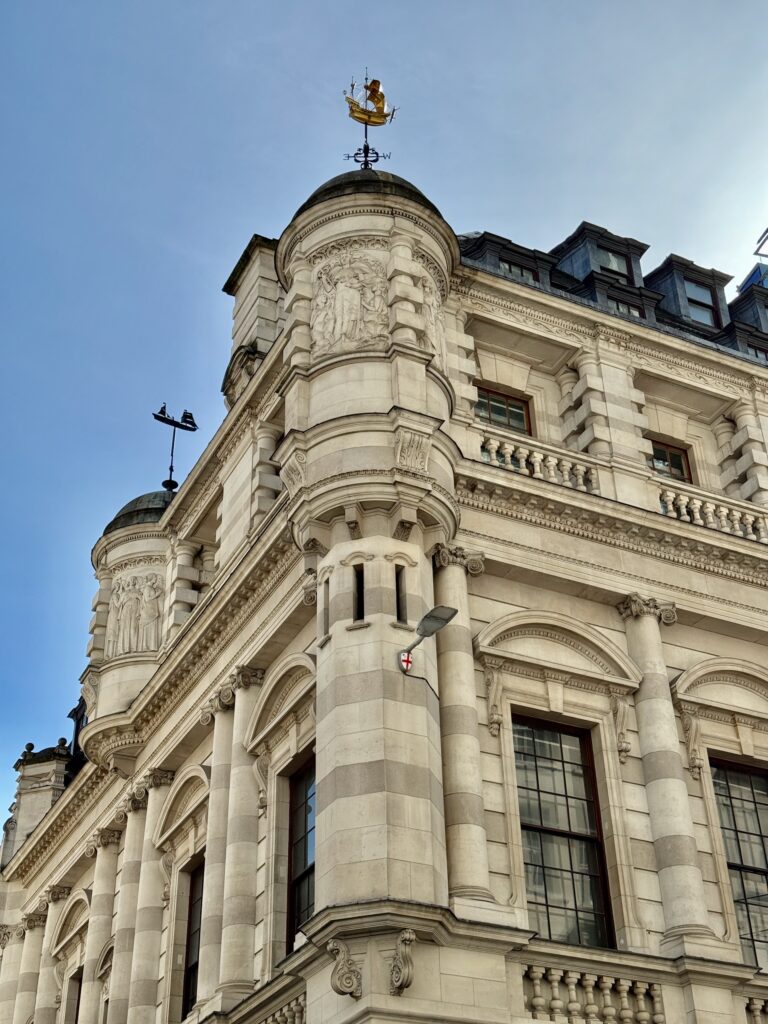
There are numerous maidens holding models of different types of vessels …
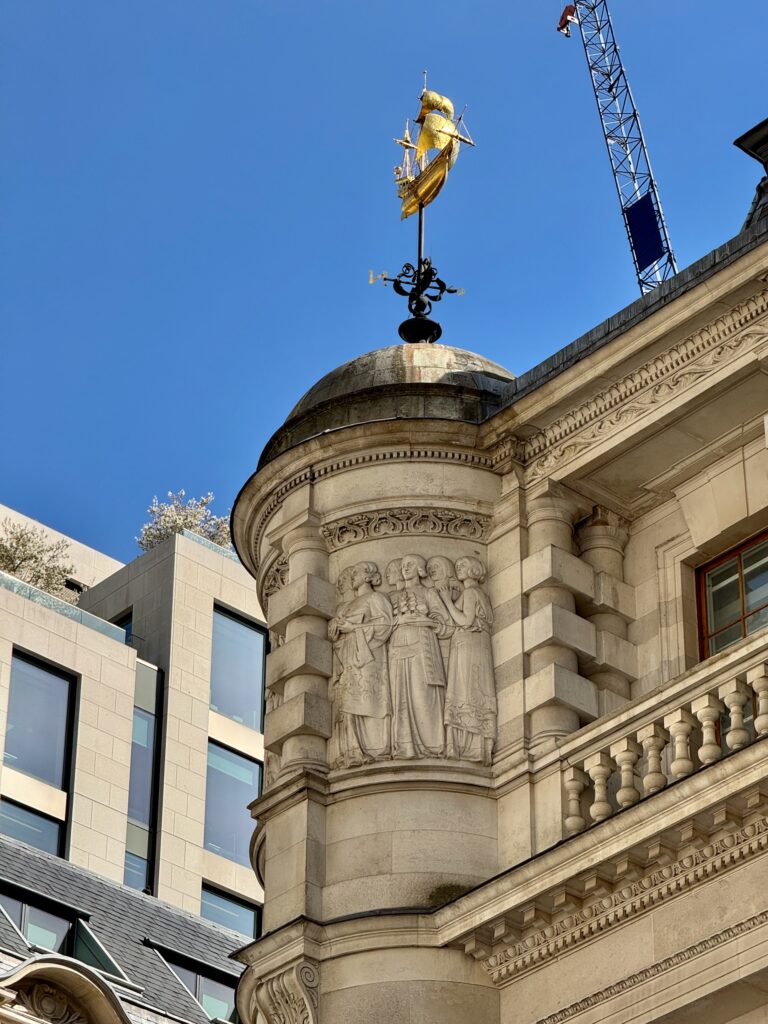
The second maiden from the left holds the model of a steamship whilst the figure immediatly behind her holds a model of a galleon …
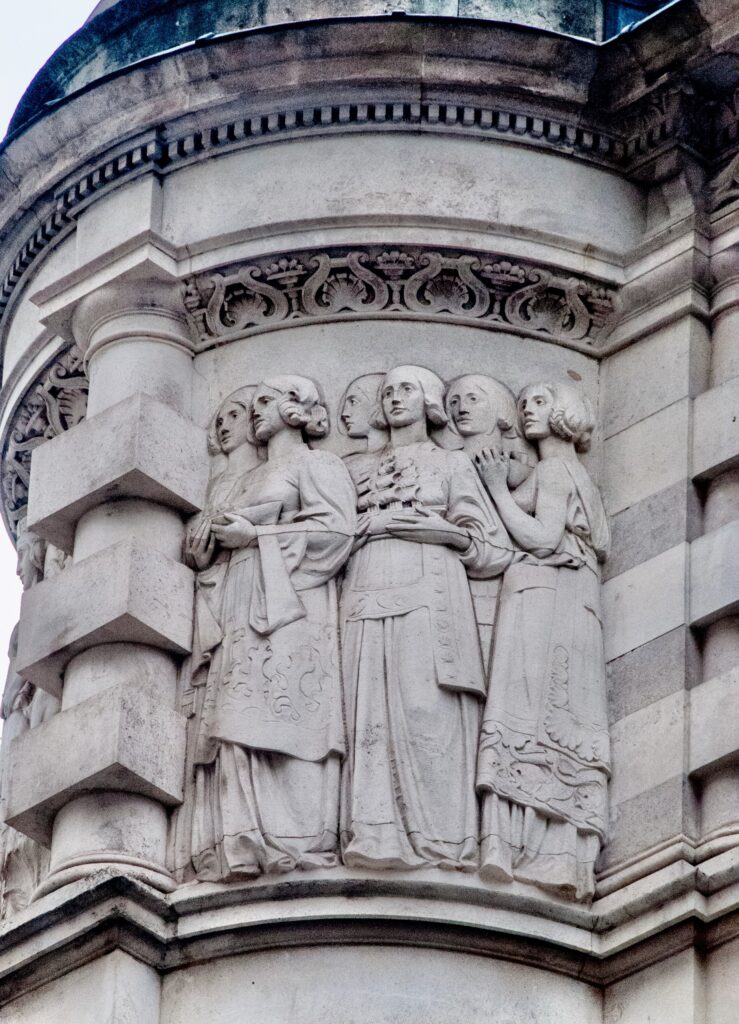
This panel also contains six maidens. Those in the foreground hold a ship’s telegraph, a hammer and a propeller. A cog or ratchet wheel emerges behind the leg of the right-hand figure …
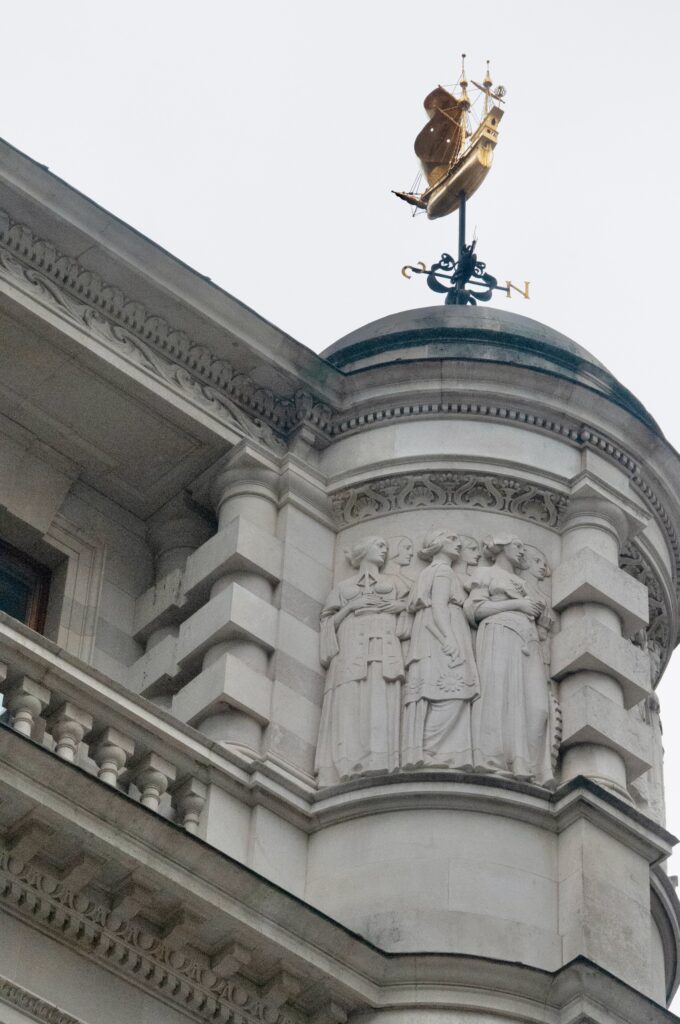
The central panel contains a standing female personifying Lloyd’s. She wears a crown of sails and stands on a ship’s prow, holding in one hand a caduceus, in the other a book. Behind her is a Zodiacal sphere, and to either side of her are two mermaids ..
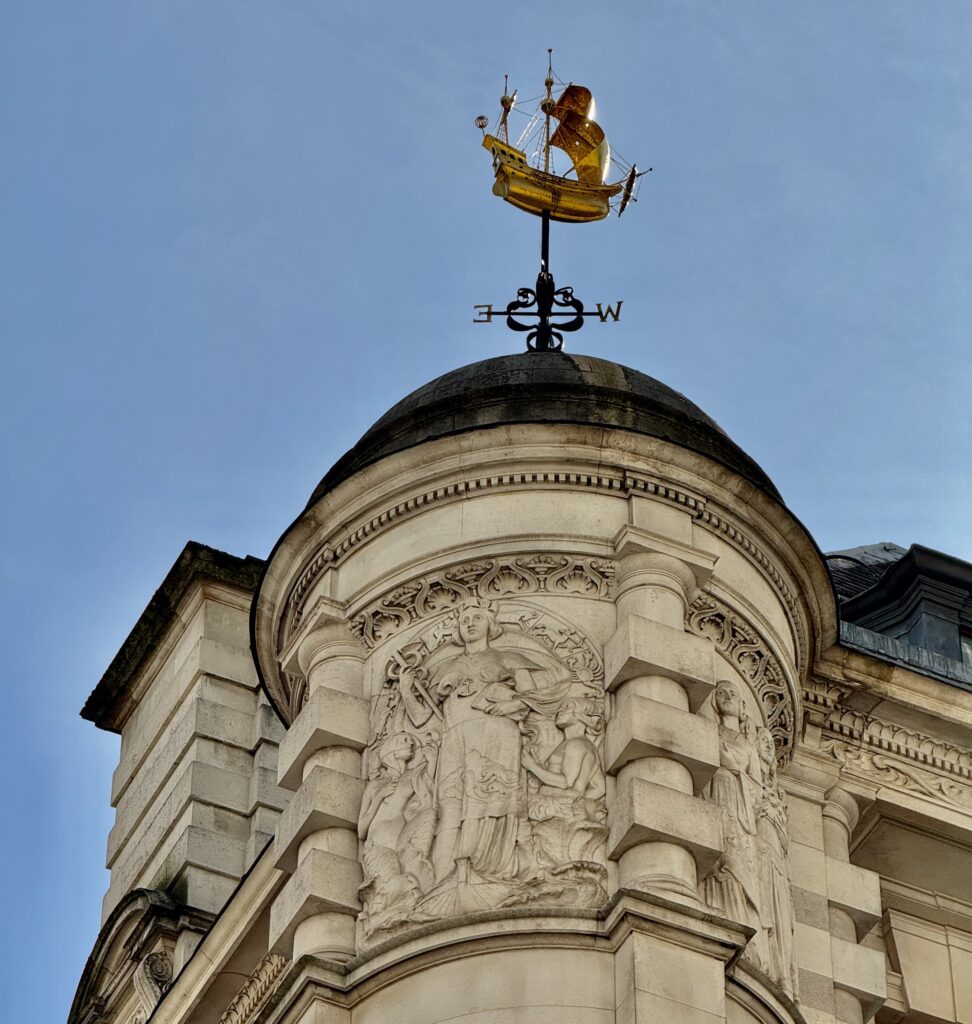
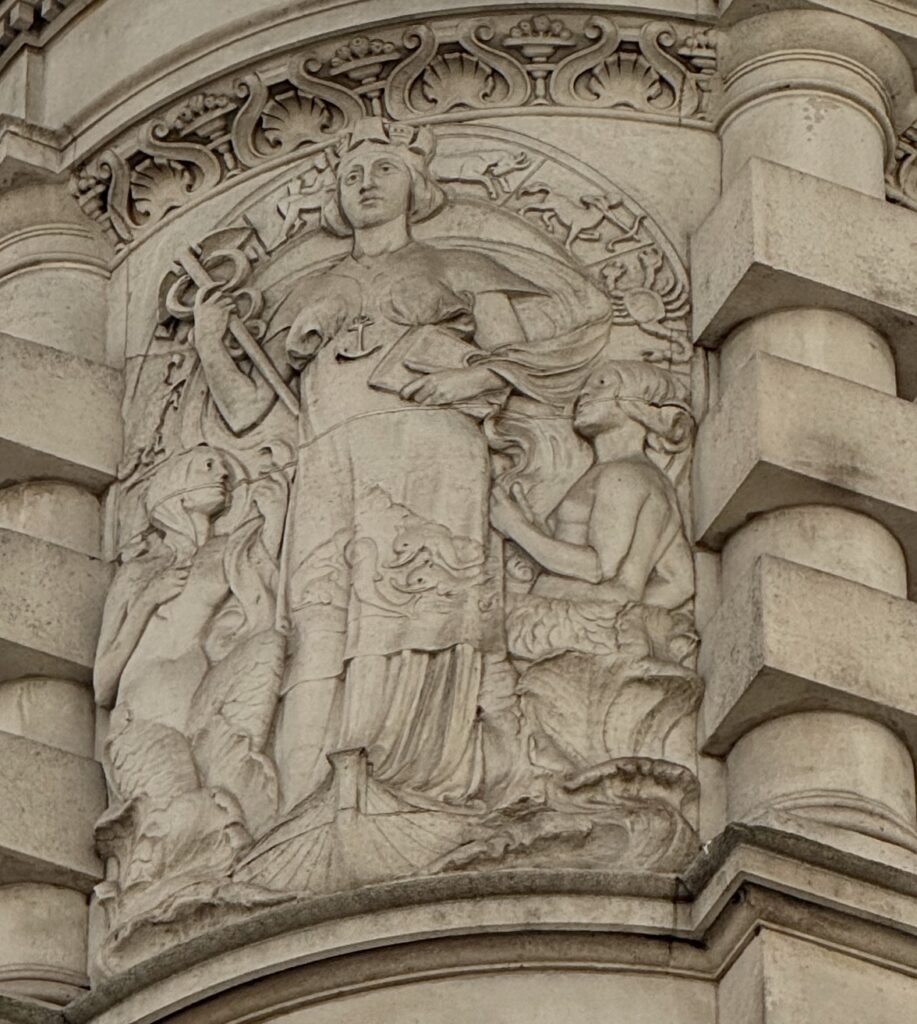
A series of bronze maidens holding model ships …
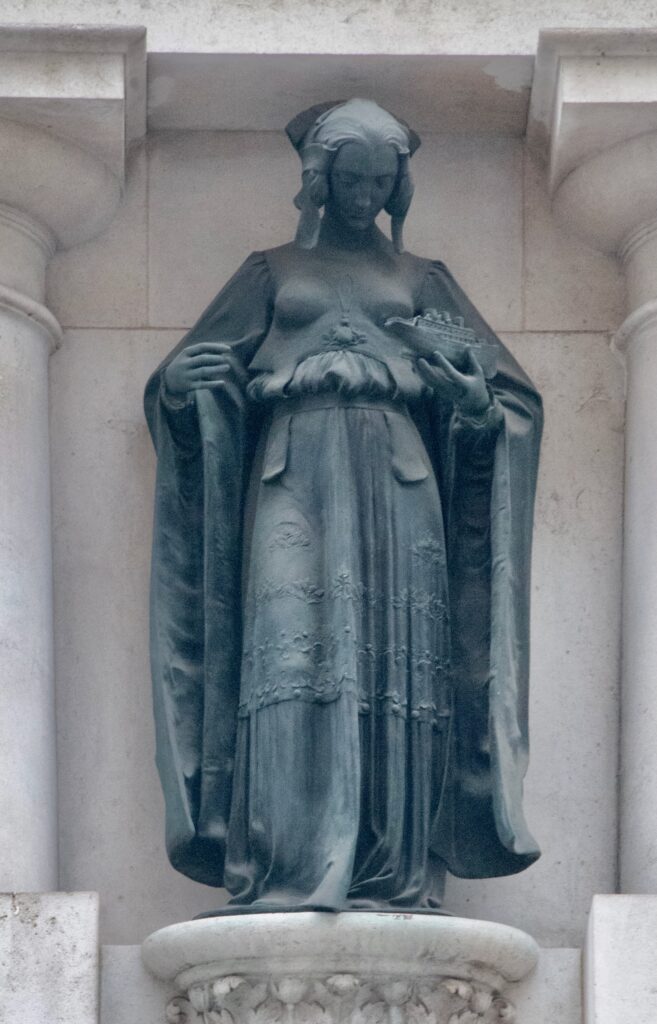
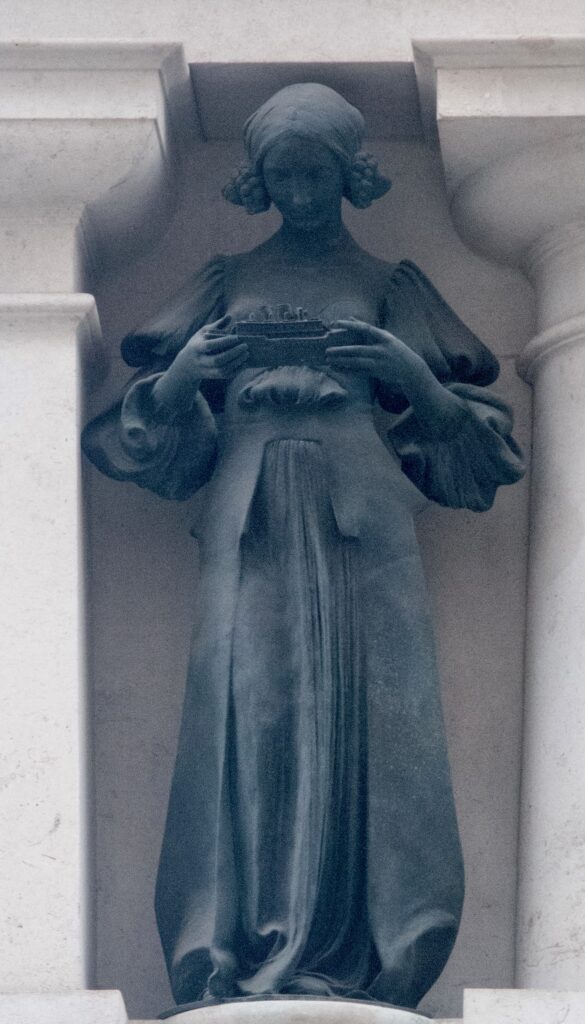
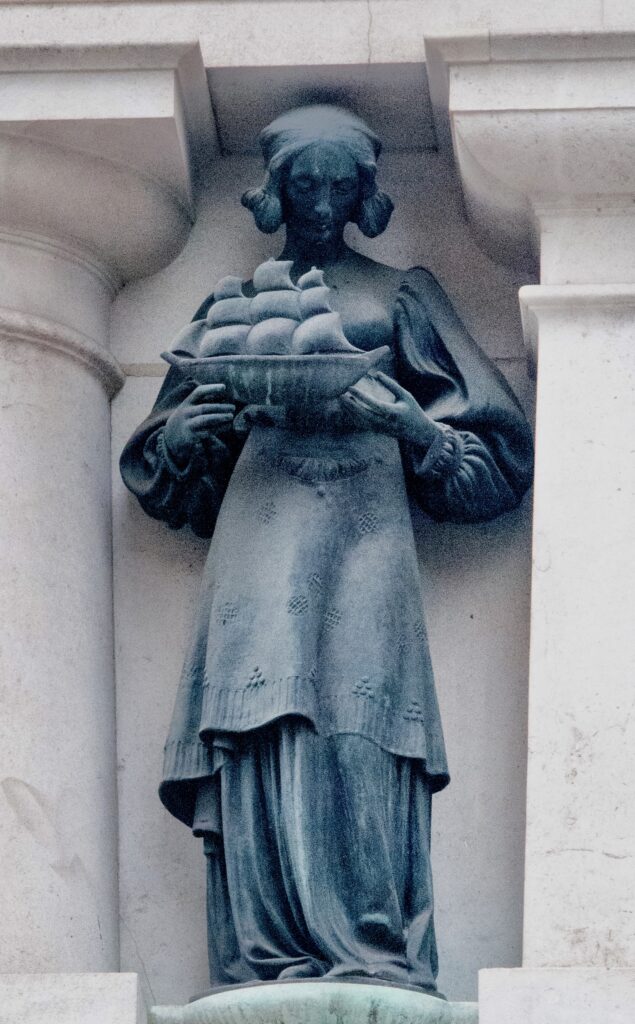
The impressive entrance …
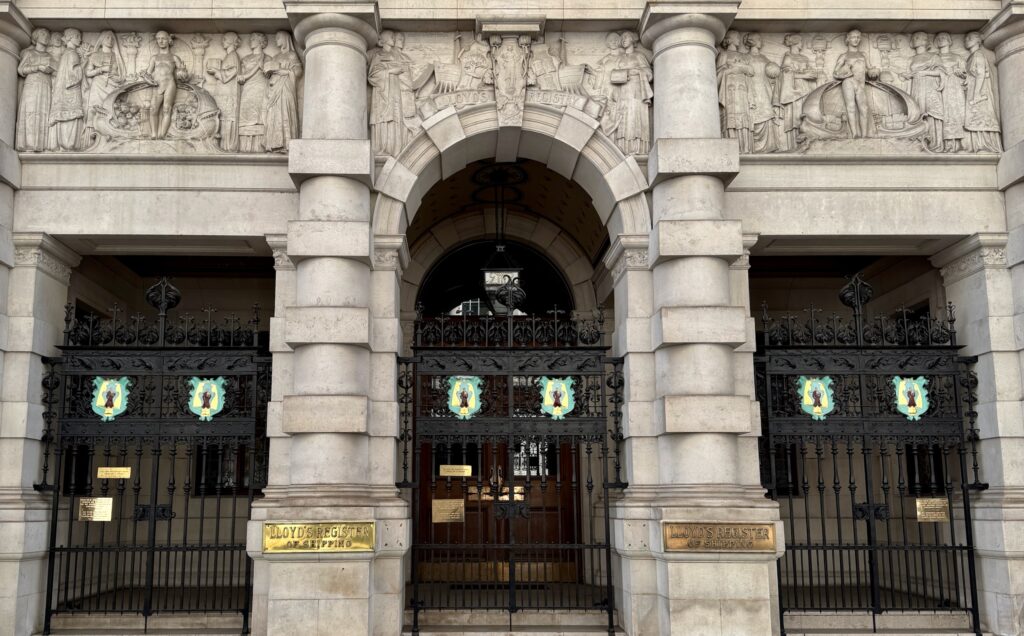
The panel on the left may represent ‘Trade’. At the centre stands a naked youth, wearing mercury’s winged bonnet and holding the caduceus in one hand and in the other an orb surmounted by a galleon …
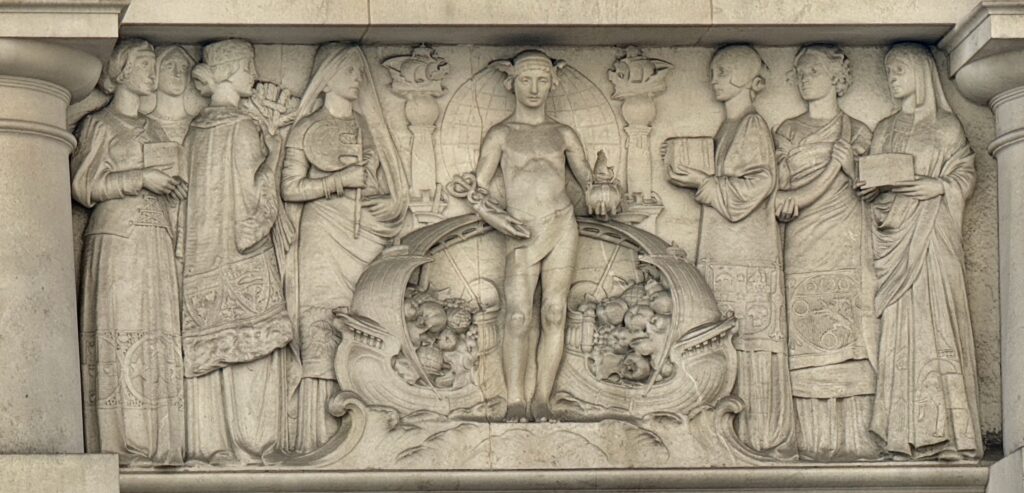
At his feet are waves bearing a symmetrical arrangement of sailing-ships laden with exotic fruit. Behind the youth is a representation of the globe. Four maidens stand to the left and three to the right, some wearing ethnic costume. One holds an elephants tusk, another a sheaf of corn. An Indian woman holds a war axe whilst the remainder hold closed caskets.
In the panel on the right there is at the centre another naked youth holding a sextant and a compass …
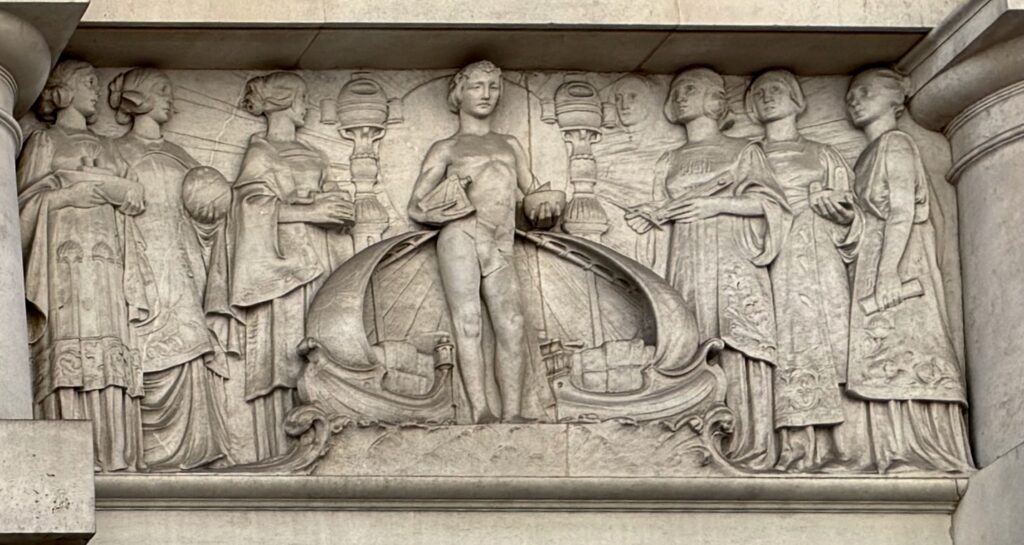
At his feet are waves bearing a symmetrical arrangement of sailing ships laden with packages. Behind the youth is the sun, its rays projecting to form a pattern in the background. The sun is flanked by ornamental columns, with compasses at the finials. There are three maidens on the left and four on the right, carrying navigational instruments, a globe and the model of a ship.
The spandrel above the right hand window on Lloyd’s Avenue. At the centre, from left to right, are the Arms of Cardiff and the words VILLÆ CARDIFF, the Arms of Hull, and the Arms of Southampton, with the words VILLÆ SOUT(HAMP)TONIÆ …
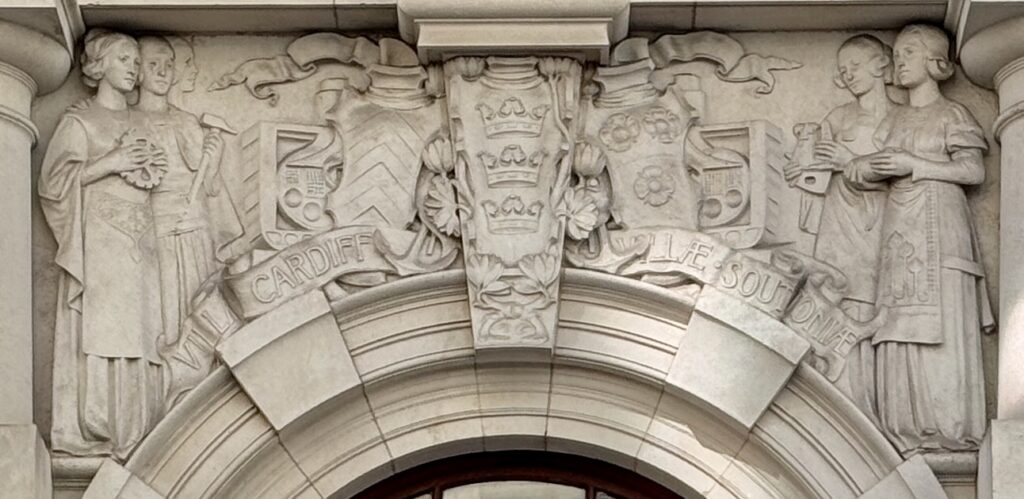
Flanking these are cross-sections of the engines of steamships and pairs of maidens to either side, holding tools and navigational instruments.
Above the left hand window …
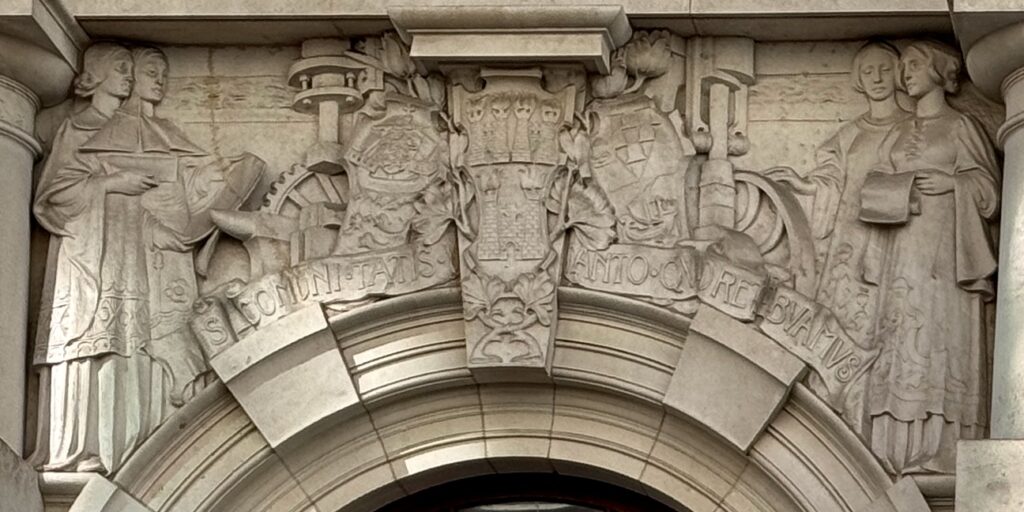
At the centre, from left to right, the coat of arms of an unidentified towm, with motto …S…COMMUNI.TATIS V, followed by the Arms of Dublin and the Arms of Belfast with its motto (PRO) TANTO QUID RETRIBUAMUS, surrounded by a trophy of machinery connected with shipbuilding. Pairs of maidens to left and right hold plans and a model of a steamship.
There are also some amusing figures nearby, children playing with dolphins on a leash …
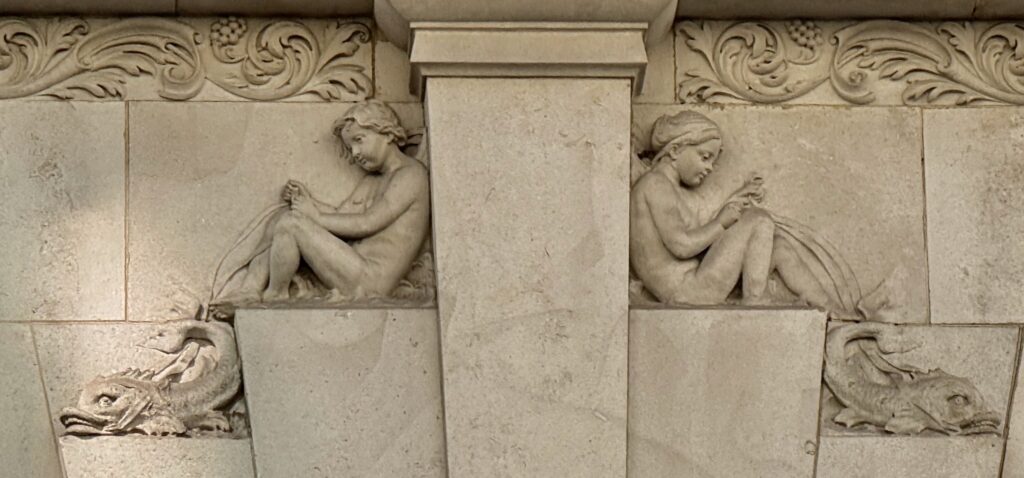
I haven’t been able to capture all the great aspects of this building, so I do recommend a visit, particularly on a sunny day …
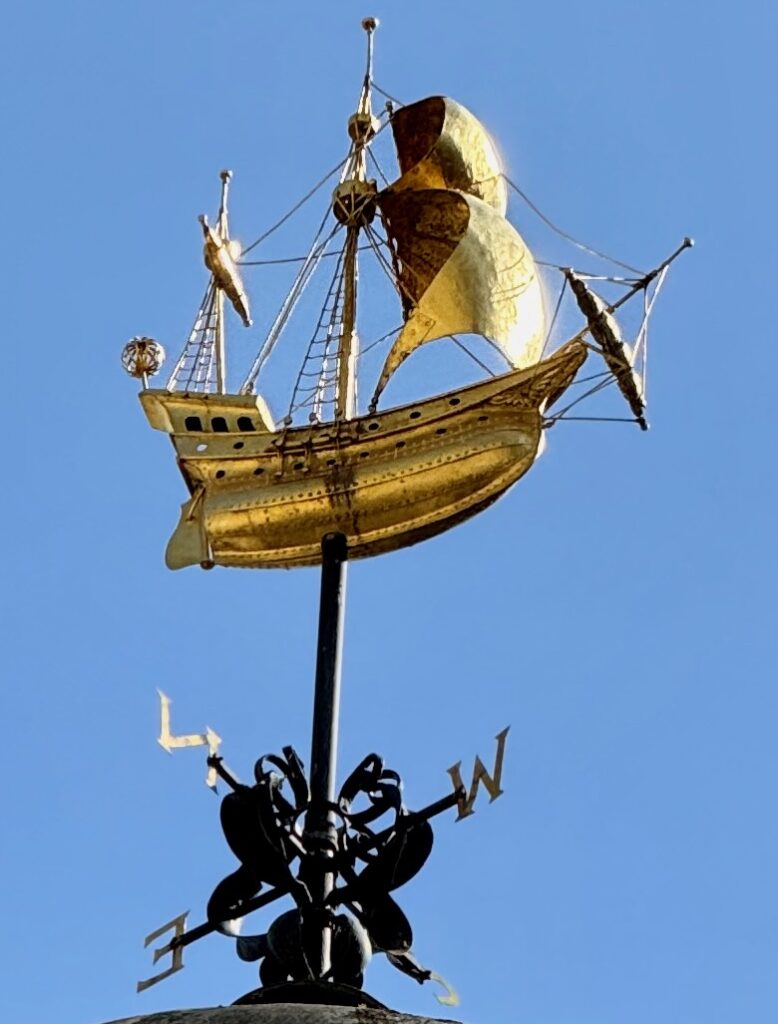
In my descriptions, I am extremely grateful to Dr Philip Ward-Jackson and his comprehensive guide Public Sculpture of the City of London from which I have quoted extensively.
Some miscellaneous news and images.
New Moon above St Giles …
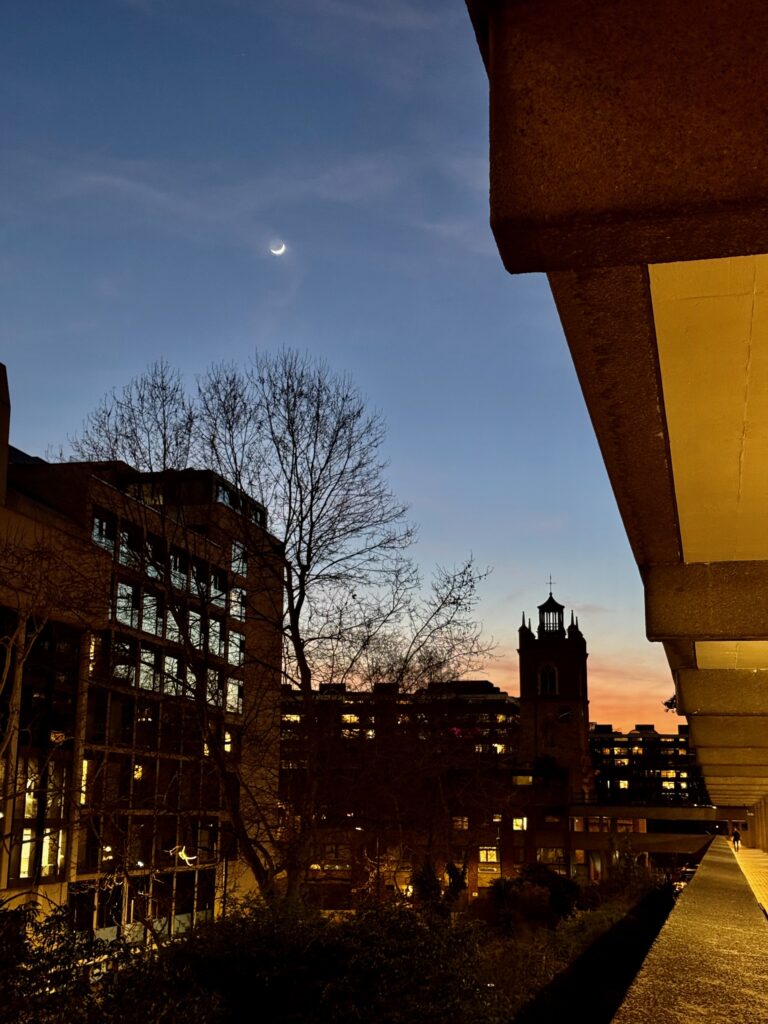
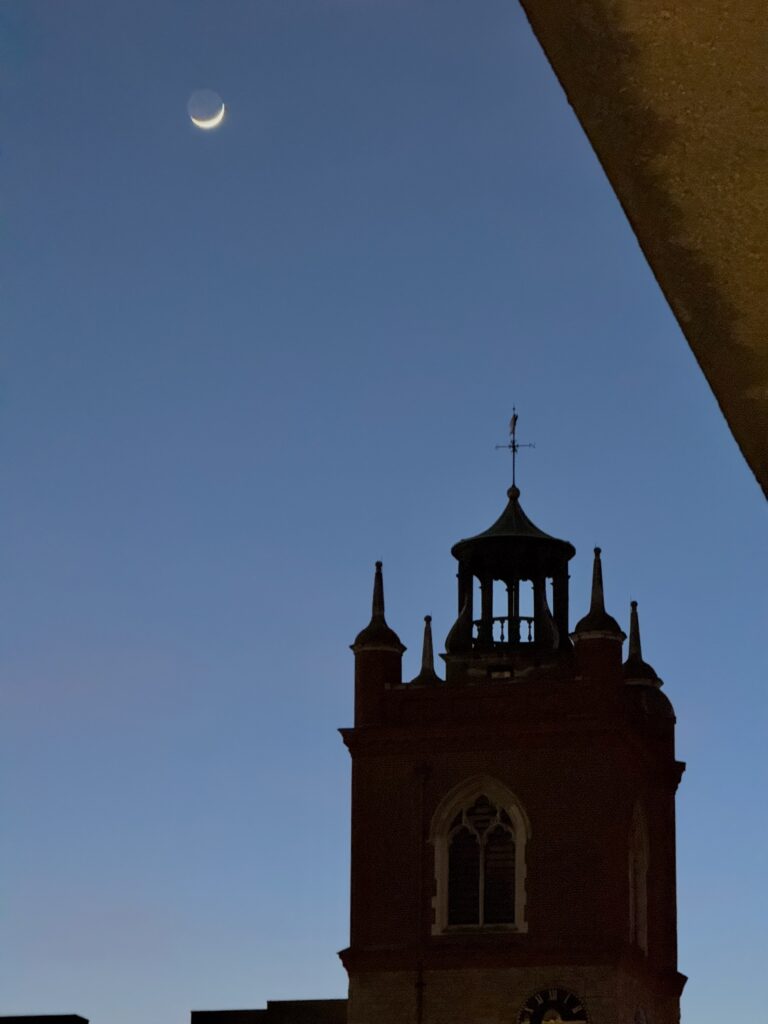
The Big Egg Hunt is on in the City (these two are at Aldgate and Barbican respectively) …
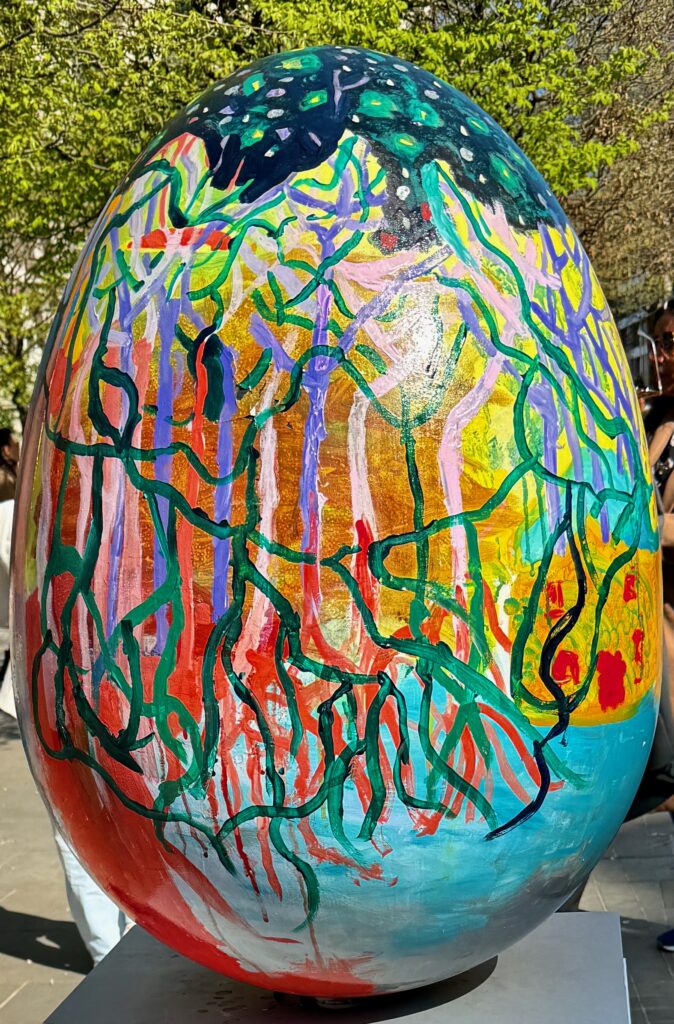
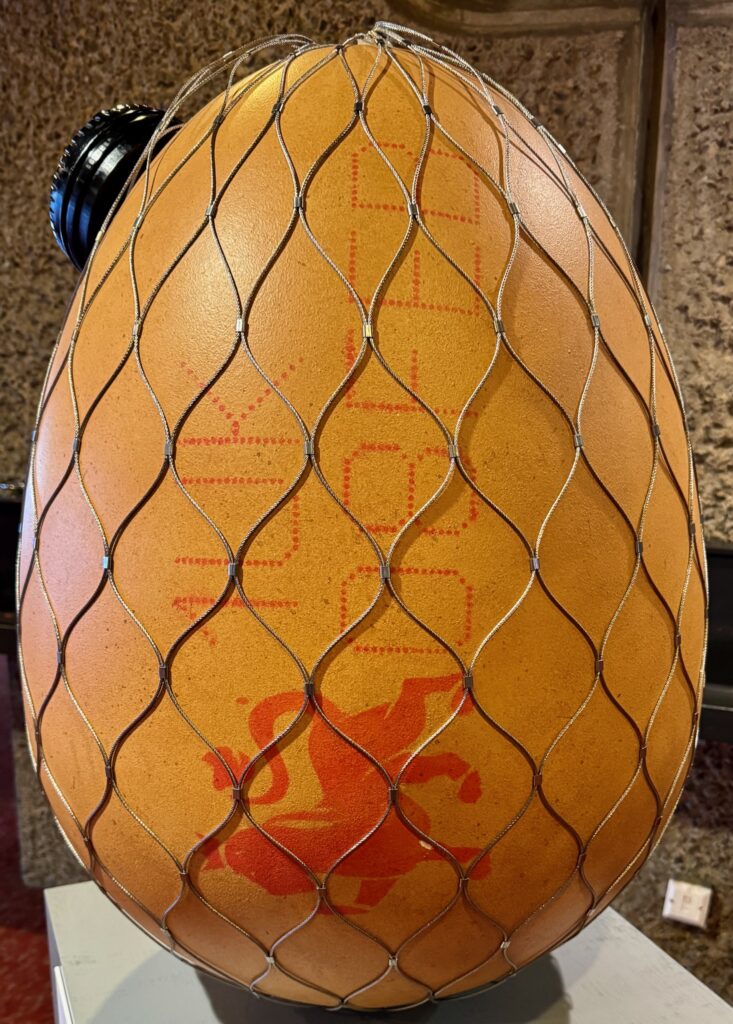
There’s a new image on the Tower 42 screen (but so far I haven’t been able to find out what it’s about – maybe something to do with Turkey?) …
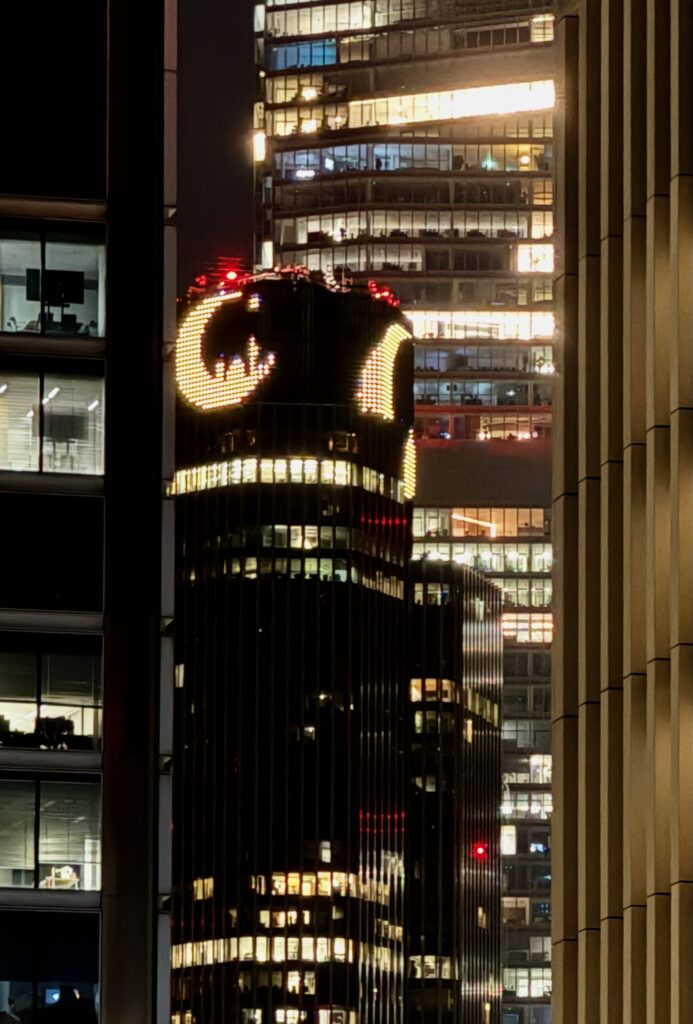
Tulips are emerging in the Silk Street beds, hooray …
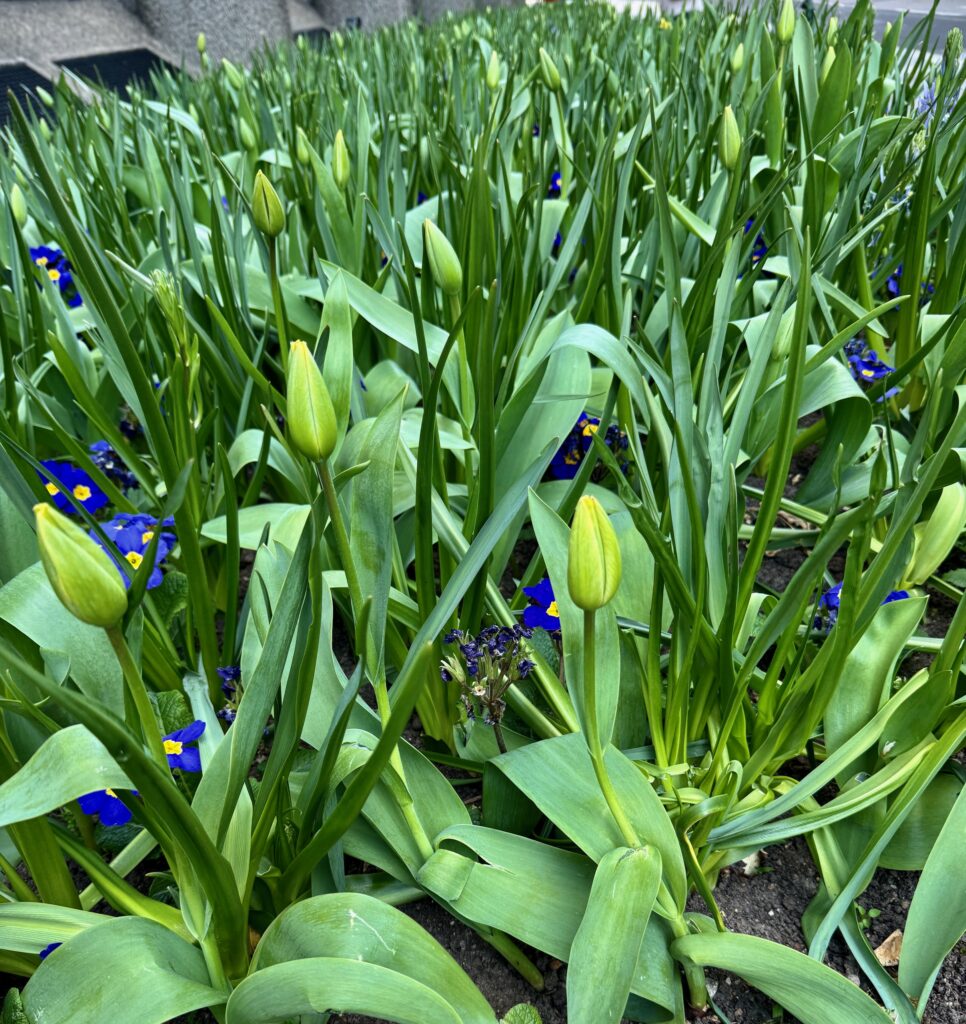
And, in the middle of them, a Camassia. Maybe from last year …
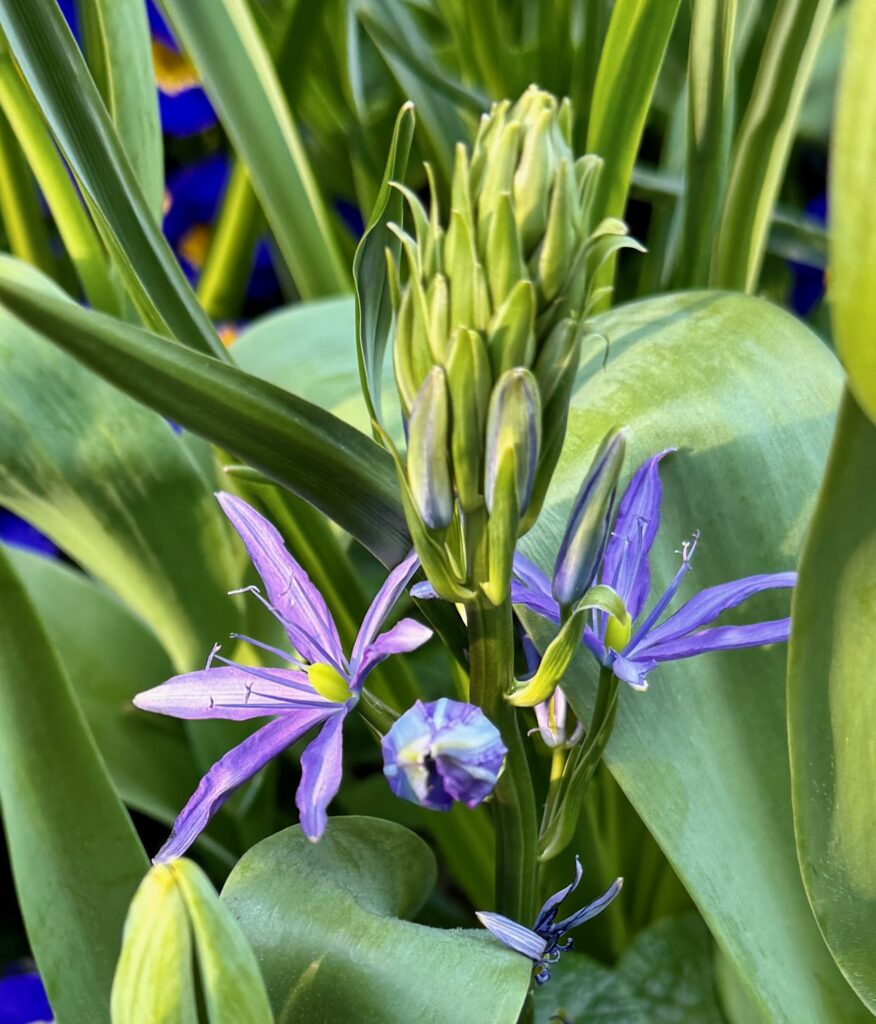
If you would like to follow me on Instagram here is the link …
